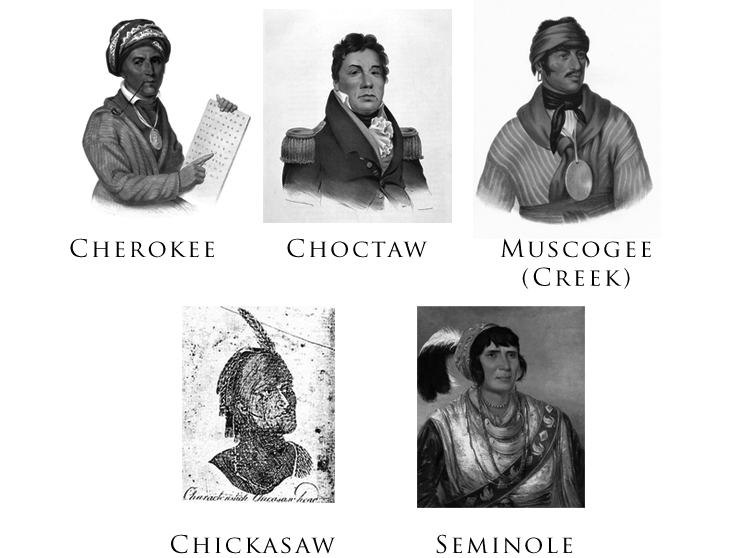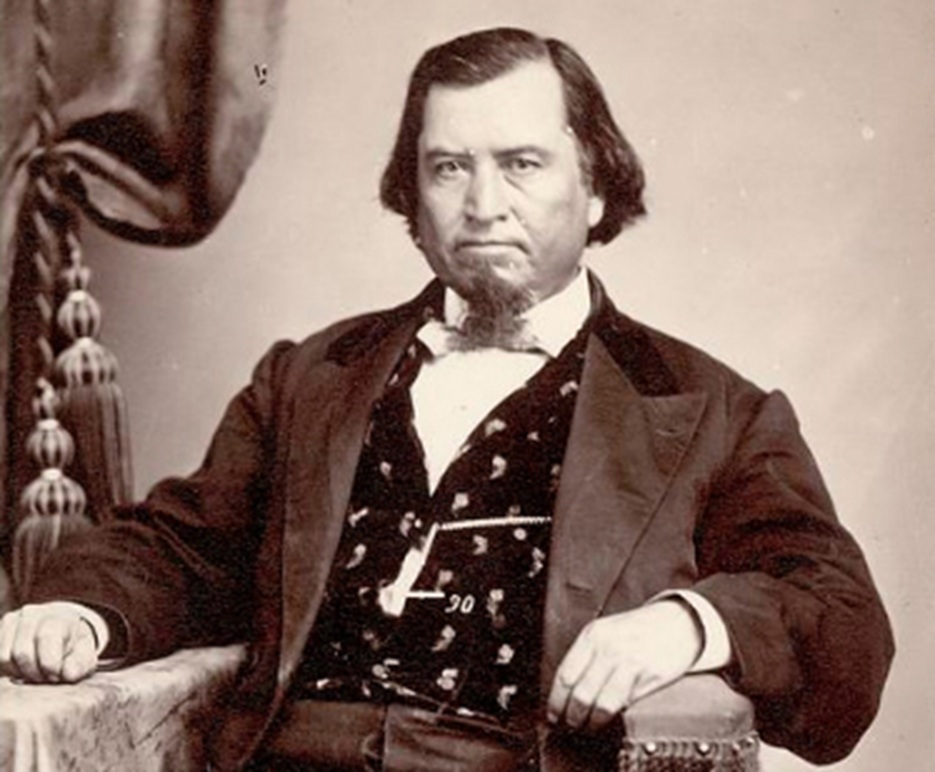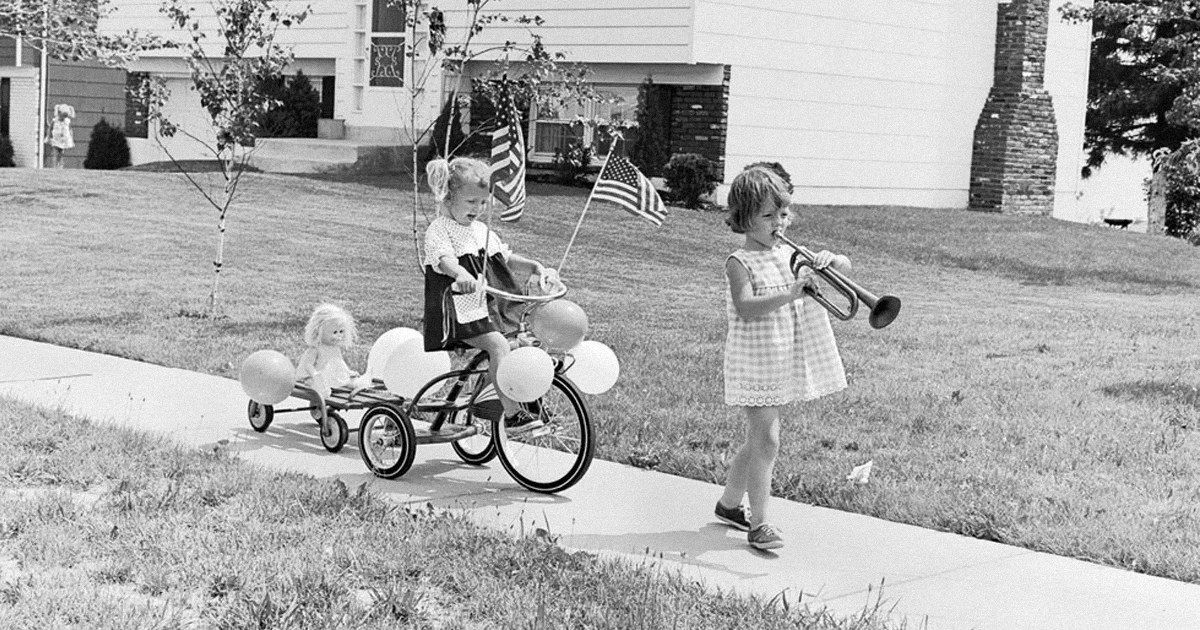The Legacy of Choctaw Nation
The Choctaw are a Native American people living in what is now Mississippi and Alabama. Today, they’re the third-largest Indian Nation in the US, with over 225,000 tribal members and 12,000+ associates.
While the Choctaw Nation of Oklahoma's reservation currently sits on nearly 7 million acres of land, getting this far was no easy feat. As the first nation to be forcibly removed, the Choctaw’s perilous journey to Oklahoma wasn’t just cruel and inhumane—it was deadly.

Their Beginning
On paper, the Choctaw culture dates back to the 16th century—anything beyond that comes only from oral traditions. As a traditionally hunter-gatherer tribe, their culture has always been rich in song, dance, dress, and craft.
While they live a more modern lifestyle on reservations now, at one point they lived a more free, self-sustained lifestyle—in its truest primitive form.
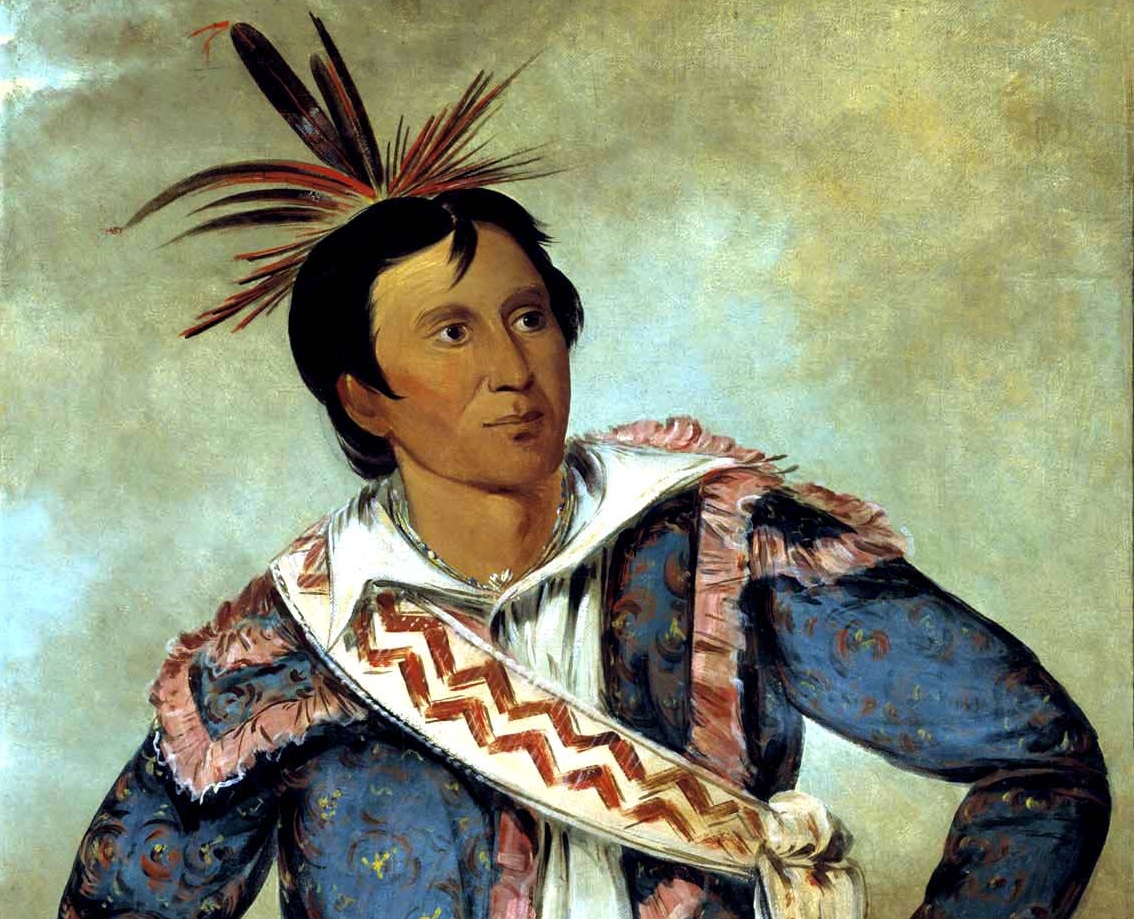 George Catlin, Wikimedia Commons
George Catlin, Wikimedia Commons
Their Traditional Lifestyle
The Choctaw are known for their agriculture prowess, but their earliest ancestors were actually nomadic hunter-gatherers who ate whatever they could find in their surroundings, which mostly included wild plants and small game. It wasn’t until later on that they adopted a more settled, agricultural lifestyle.
They actually practiced a kind of farming that people today are slowly trying to bring back.
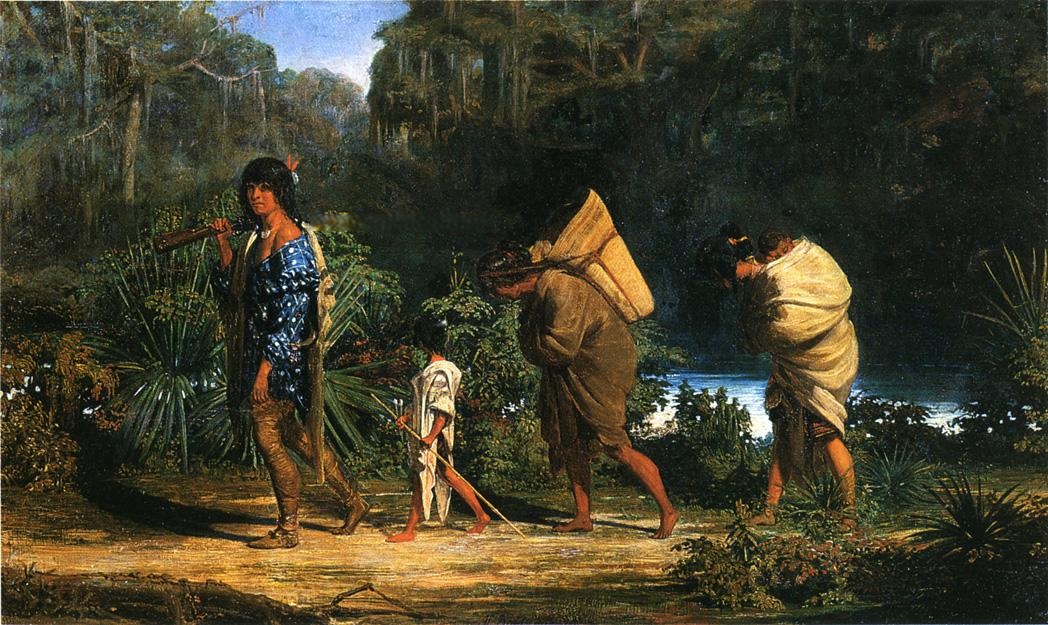 Alfred Boisseau, Wikimedia Commons
Alfred Boisseau, Wikimedia Commons
They Worked Together
The Choctaw traditionally practiced communal farming. Villages worked together in large farm fields and shared their harvests. They relied mostly on corn, beans, squash, pumpkins, and sunflowers. But they also gathered various fruits and vegetables from their surrounding forests, and hunted small game and fish.
As time went on, the Choctaw switched things up again and focused more on small-scale, family-based farming practices.
But farming wasn’t their only strength.
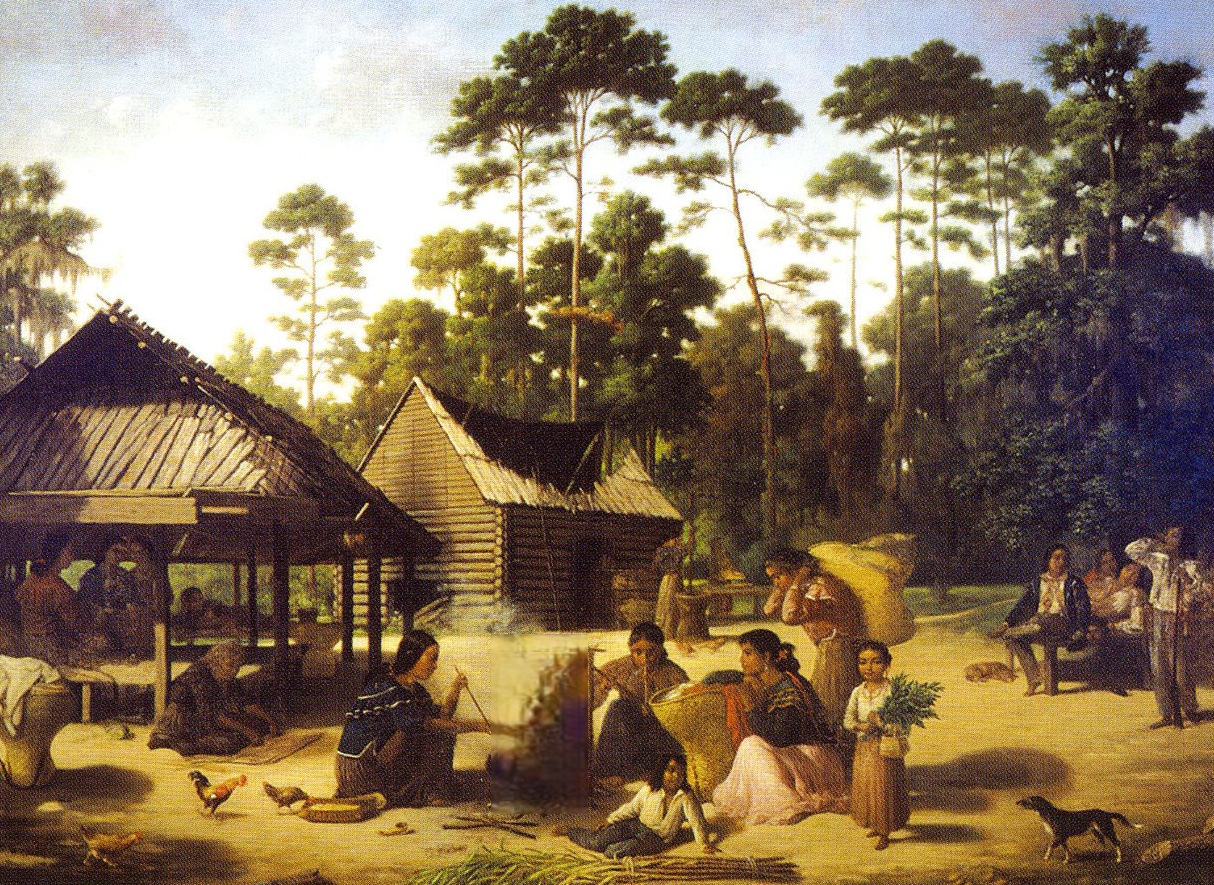 François Bernard, Wikimedia Commons
François Bernard, Wikimedia Commons
They Were Protectors
The Choctaw people, particularly the men, were known as fierce warriors. Which is a good thing considering their society was shaped by a warrior culture. Boys were trained in combat while they were practically still in the womb—learning to shoot blowguns as toddlers.
A Choctaw man’s status was determined by his warrior skills—which were tested often.
 George Catlin, Wikimedia Commons
George Catlin, Wikimedia Commons
Their Training Paid Off
The Choctaw were traditionally involved with many conflicts with other Native American tribes, as well as European colonists. In fact, near the end of WWI, a group of Choctaw Natives became a very important asset to the United States when they used something incredibly unique to turn the tide of the war—but we’ll get more into that later.
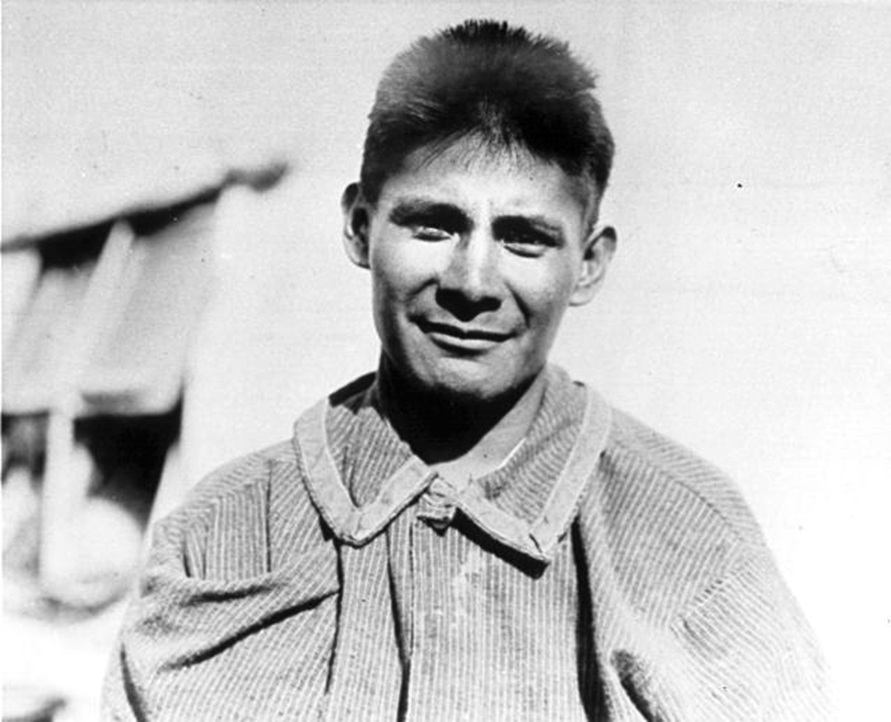 Office of Indian Affairs, Wikimedia Commons
Office of Indian Affairs, Wikimedia Commons
They Were Excellent Builders
The Choctaw people are blessed with endless skill—and you’ll find more of it in their traditional housing. Their traditional homes, called “chukka”, were built with wood frames tied together with vine and covered in mud and bark. The frame was plastered with mud inside as well, which would then dry and form solid walls.
They had thatched roofs with a hole to allow smoke from an indoor fire to escape, and a single door. They were carefully designed to be functional and adaptable to their environment.
But that wasn’t all they built.
 Smithsonian Museum Support Center, Wikimedia Commons
Smithsonian Museum Support Center, Wikimedia Commons
They Were Well Organized
Traditionally, the Choctaw would have three kinds of buildings—per family. This included: a summer house, a corn house, and a winter house/hot house. The first two were built in an oblong square shape, while the winter house was made circular.
And they furnished these houses, too.
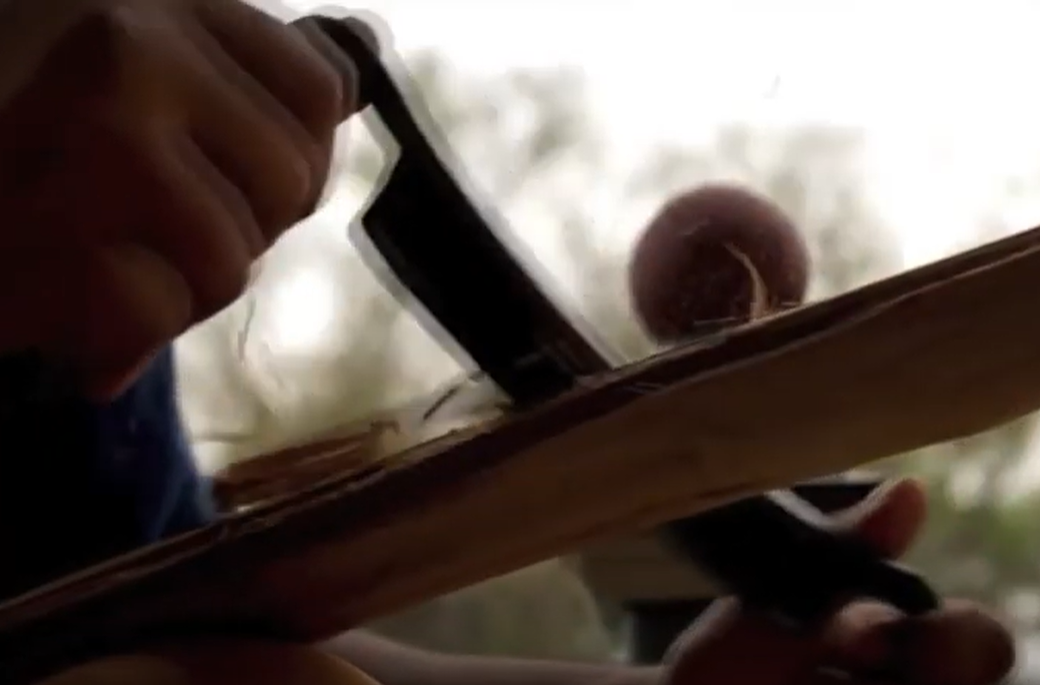 The Choctaw People & Nation: Mississippi, Louisiana, Florida & Alabama. - USA, Jaguar Bird
The Choctaw People & Nation: Mississippi, Louisiana, Florida & Alabama. - USA, Jaguar Bird
They Could DIY Anything
Everything they owned had to be created using natural resources found in their environment. But that certainly didn’t stop them from getting creative. The Choctaw were some of the first people to create rattan furniture, using cane from the rattan vine. They slept on rattan beds and had tables and seating.
Later, they began using wood planks for more items—including the house. Log cabins eventually replaced their thatched-roof huts, making for a more permanent lifestyle.
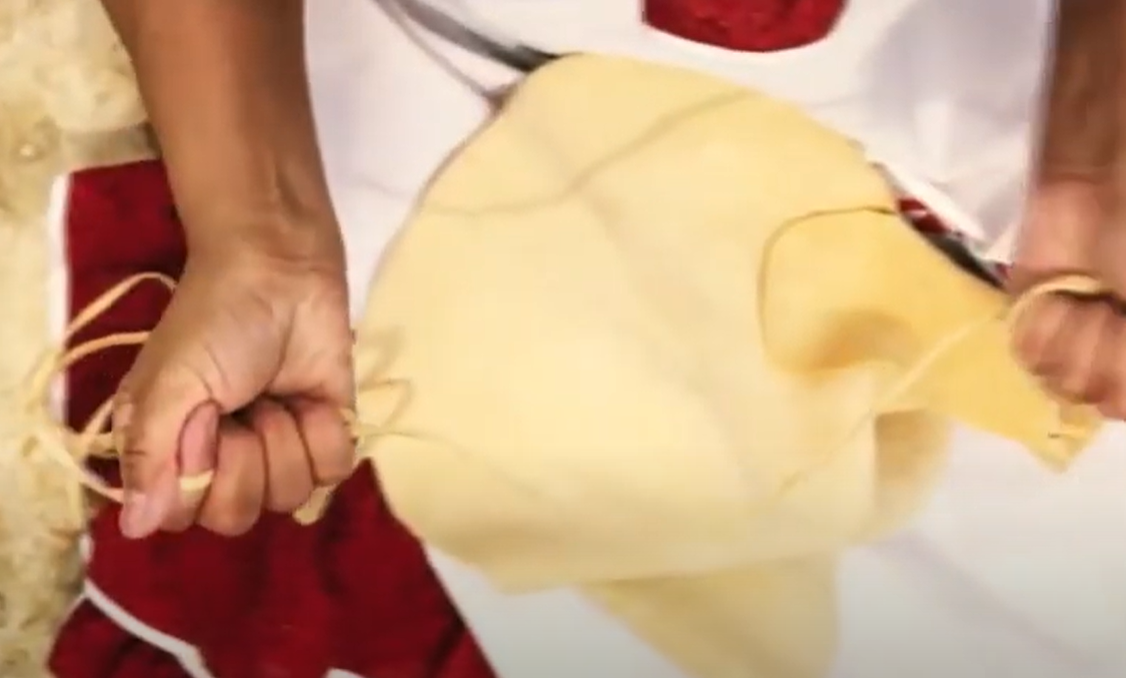 The Choctaw People & Nation: Mississippi, Louisiana, Florida & Alabama. - USA, Jaguar Bird
The Choctaw People & Nation: Mississippi, Louisiana, Florida & Alabama. - USA, Jaguar Bird
They Were Truly Unique
The Choctaw had many things about their culture and people that made them unique. As we will soon find out, in addition to their domestic and warrior skills, they eventually became indispensable for a couple other distinct characteristics—one being so incredibly rare that it has actually posed a significant threat to their future survival.
Hang tight, we're building up to that.
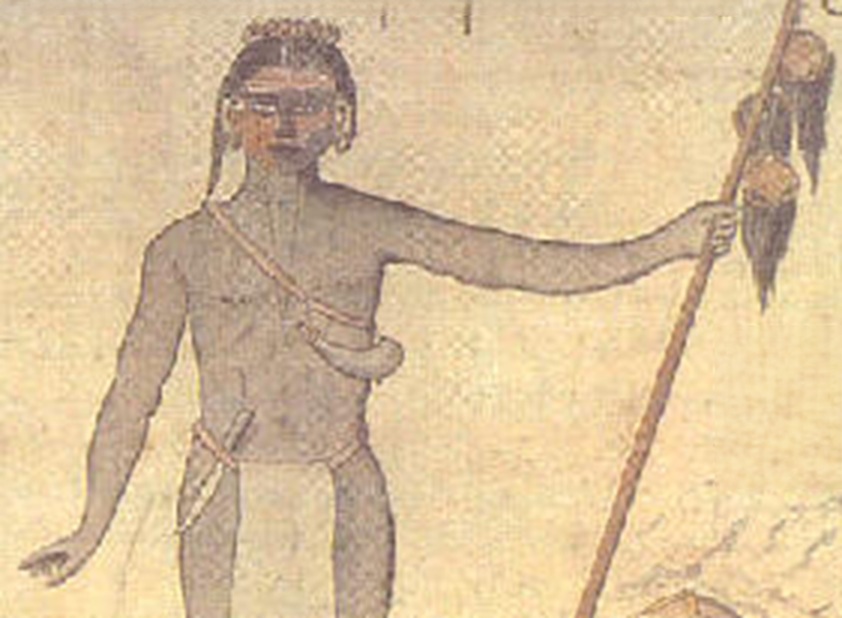 Alexandre de Batz, Wikimedia Commons
Alexandre de Batz, Wikimedia Commons
Their Traditional Clothing Was Minimal
As you can likely imagine, the Choctaw’s earliest clothing was very minimal. The men typically wore a buffalo robe with a buckskin breechcloth, buckskin leggings, and buckskin pucker-toe moccasins.
And they’d accessorize with bows and arrows—of course.
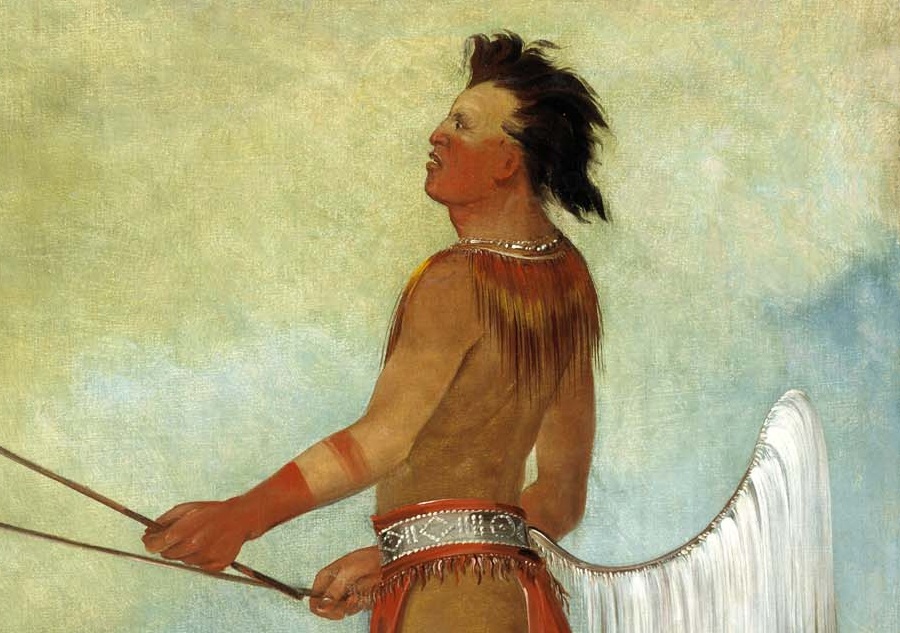 George Catlin, Wikimedia Commons
George Catlin, Wikimedia Commons
The Women Were More Colorful
Choctaw women traditionally wore something similar, except their buckskin material was made into skirts and chest covers. However, instead of weapons, they accessorized with colorful feathers, sashes, beaded shell necklaces, and rattan bags.
Today, though, they've traded in their buckskin skirts for something better.
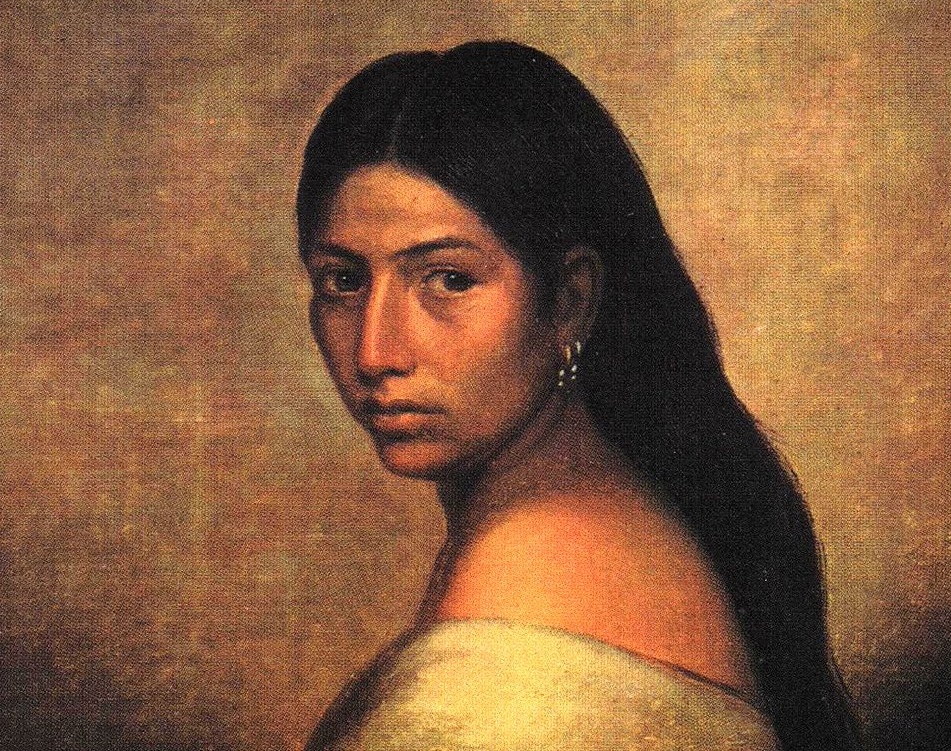 Washington and Lee University, Wikimedia Commons
Washington and Lee University, Wikimedia Commons
Modern Clothing
By the 1700s, Choctaw were already wearing clothing made from modern material. Today, Choctaw women wear colorful hand-made dresses based on the designs of their ancestors—but only for special occasions.
Crafting was clearly an enjoyable skill for the Choctaw, and they took it up a notch when it came to entertainment purposes.
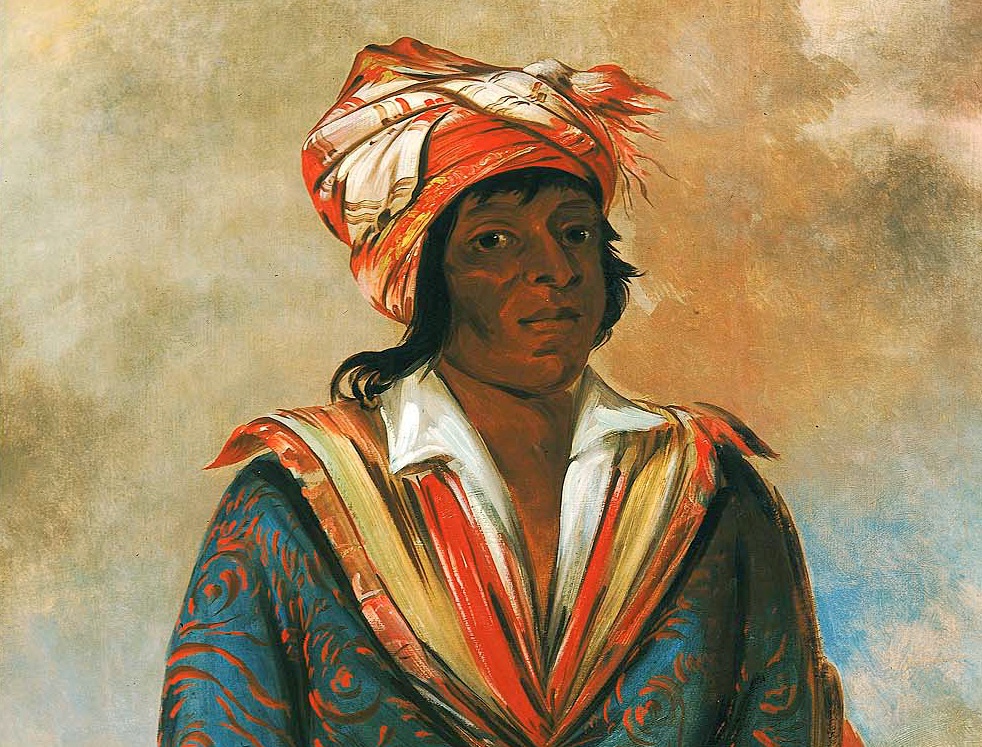 George Catlin, Wikimedia Commons
George Catlin, Wikimedia Commons
Their Traditional Sport Wasn’t Just For Fun
The Choctaw are well known for their traditional sport, stickball—which is called ishtaboli in their native tongue. Stickball is a game played with handmade netted sticks and a woven leather ball. It’s actually considered the oldest field sport in North America. Today, it is more commonly known as lacrosse.
But when it came to stickball, it wasn’t exactly all fun and games.
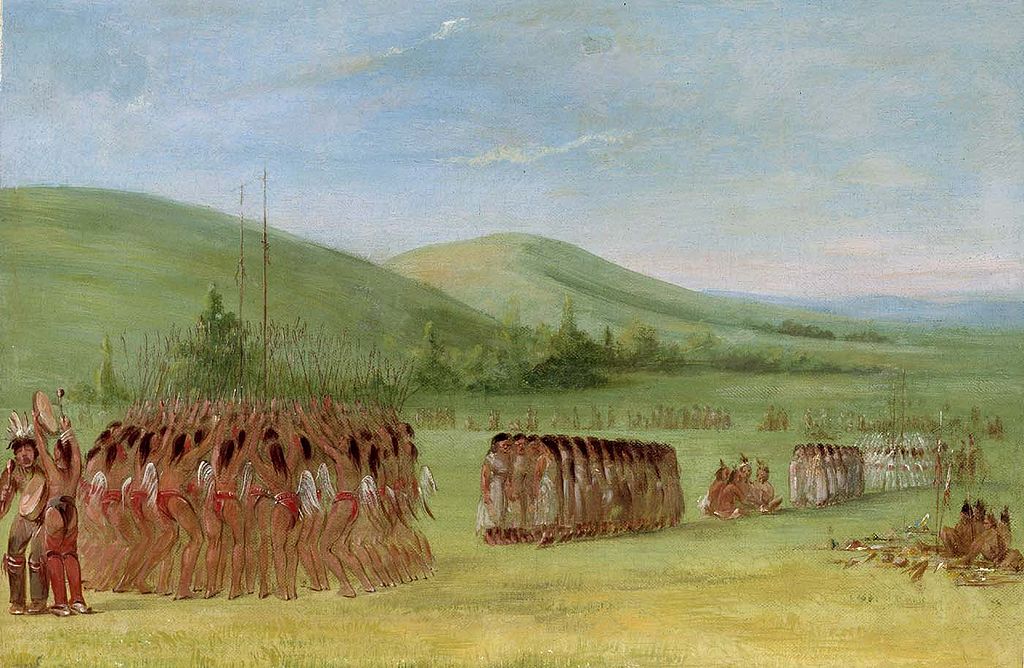 George Catlin, Wikimedia Commons
George Catlin, Wikimedia Commons
It Had A Darker Purpose
Stickball had strict rules that were decided upon the day before the event. Games could include anywhere from 20 men to 300 men and lasted from sunup to sundown. Medicine men acted as coaches and women were cheerleaders who sang songs and tended to injured players.
And while it was often played for fun, sometimes it had a much darker purpose.
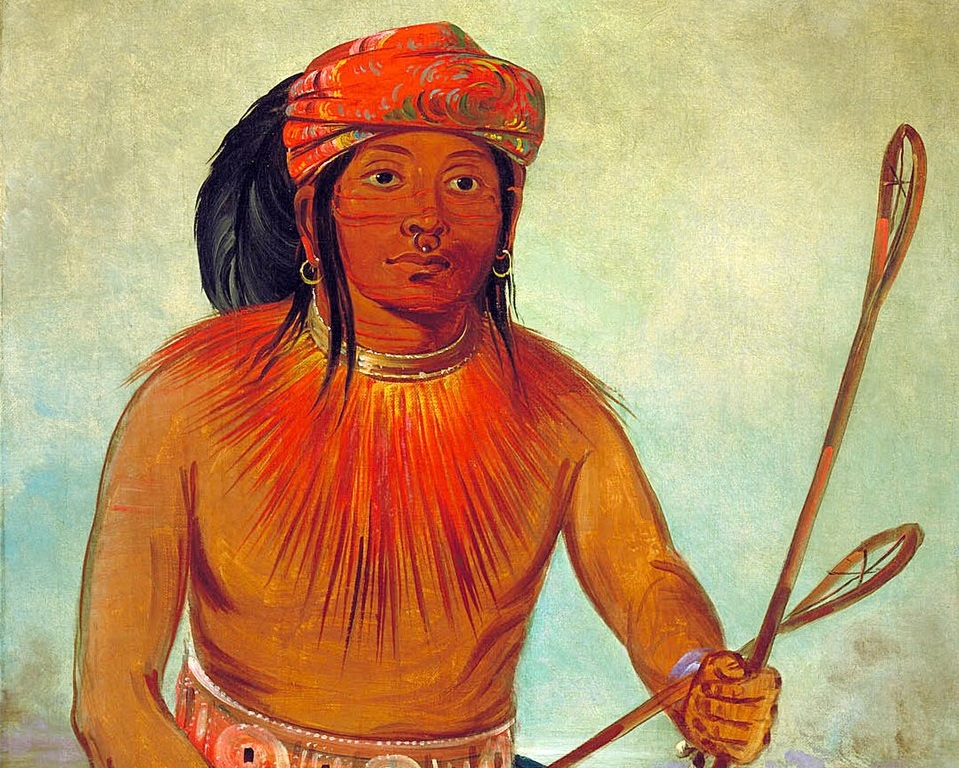 George Catlin, Wikimedia Commons
George Catlin, Wikimedia Commons
Settling It On The Stickball Field
Stickball was a common way to settle disputes, both within their own tribe, and with other Native tribes. And usually when this happened, it was anything but fun. Rather than battle with bows and arrows, they were armed with netted sticks—which did almost as much damage.
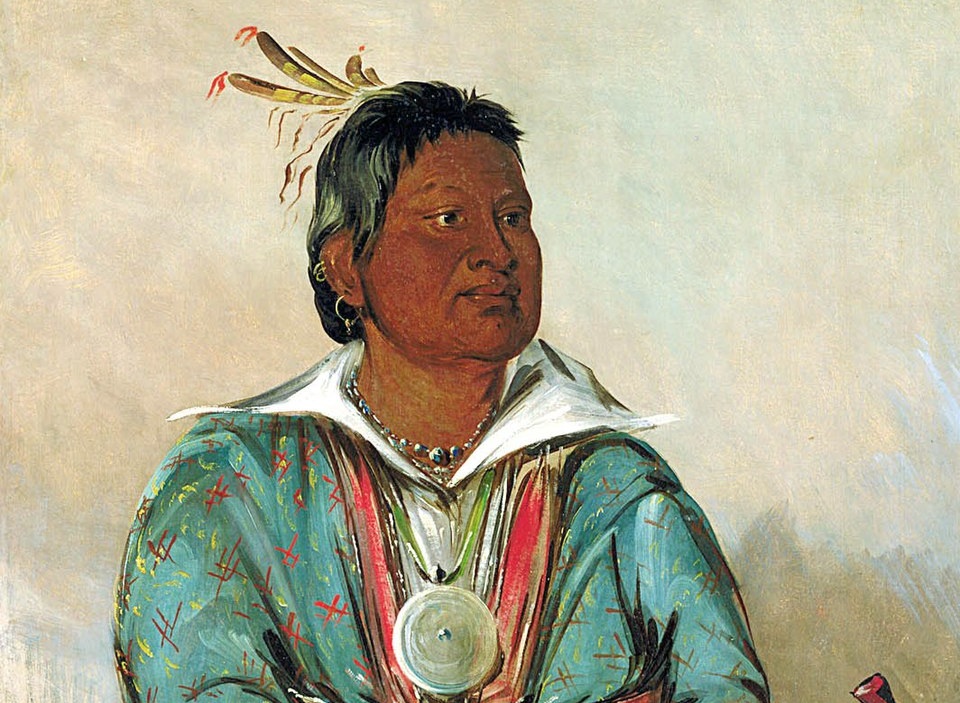 George Catlin, Wikimedia Commons
George Catlin, Wikimedia Commons
Sometimes They Escalated
Many men were injured or killed during these intense stickball “games”. And when the game was officially over, if the losing team did not accept the loss, they’d take it up a notch—and suit up for battle.
Usually, tribal quarrels happened when there was competition for resources, inter-marriage affairs, or, most importantly, territorial disputes.
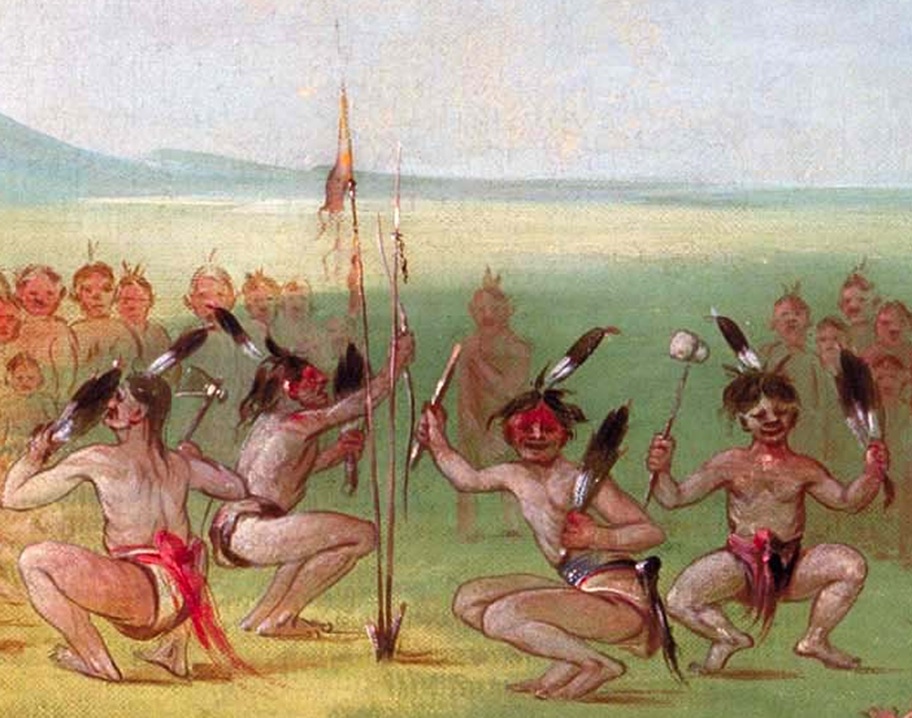 George Catlin, Wikimedia Commons
George Catlin, Wikimedia Commons
Their Land Was Their Best Asset
For many Native American tribes, land was the most valuable asset—and this was no different for the Choctaw. While they had spent many years defending their territory from other tribes, nothing could prepare them for the magnitude in which they’d have to defend their home when outsiders entered the scene.
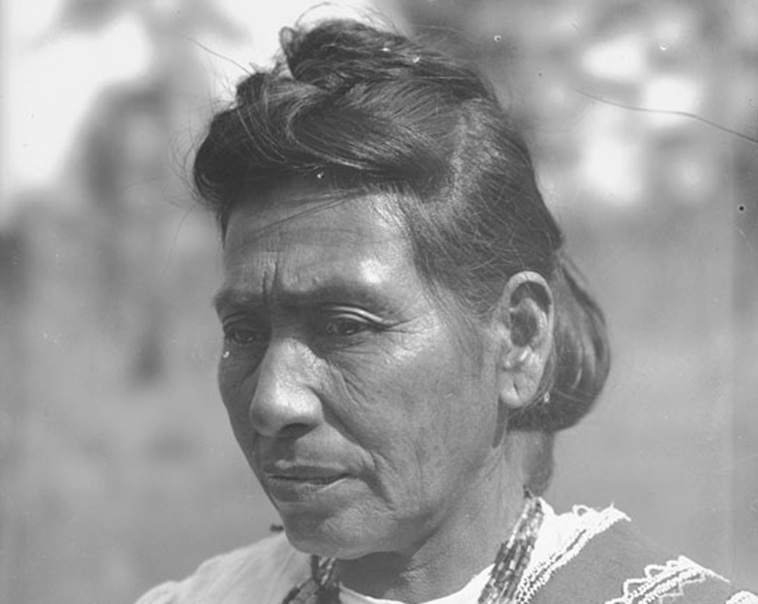 Smithsonian Museum Support Center, Wikimedia Commons
Smithsonian Museum Support Center, Wikimedia Commons
The Original Three
The Choctaw came together as a people in the 16th century, creating at least three distinct political and geographical groups long before European contact: the western Okla Falaya ("Long People"), the eastern Okla Tannap ("People on the Other Side"), and the southern Okla Hannali ("Six Towns People").
Sadly, a century later, these groups would be torn apart and coerced into alliances with different groups of white settlers—and their lives would never be the same again.
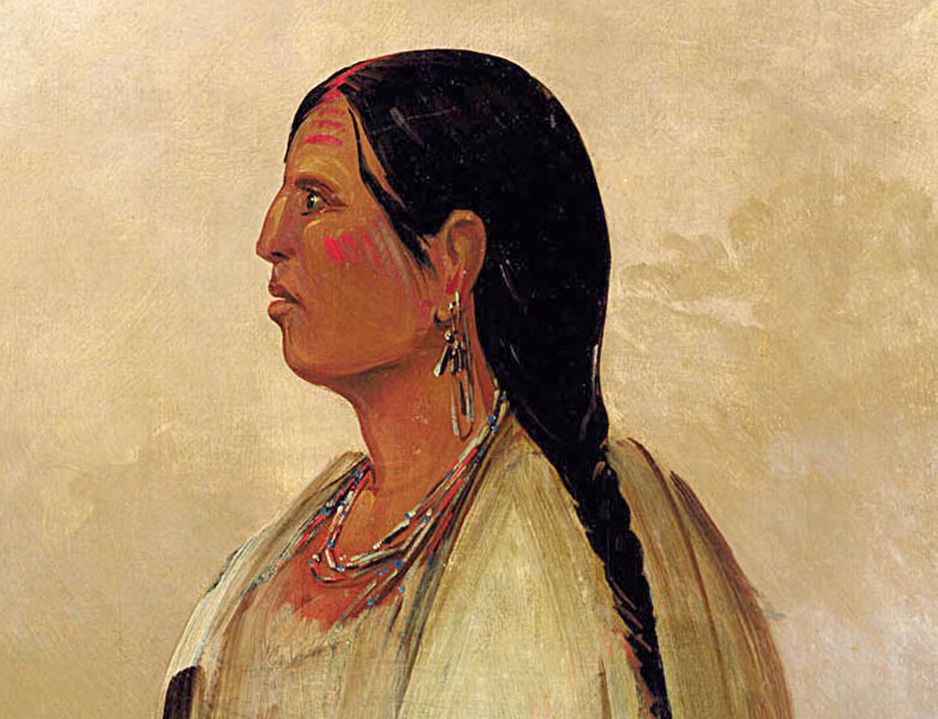 George Catlin, Wikimedia Commons
George Catlin, Wikimedia Commons
They Were Whitewashed
By the 17th century, the Choctaw were recognized by the Spanish, the French, and the English as a firmly established tribal society. And while quarrels did exist, they managed to do okay by each other, participating in trade and adopting new lifestyle habits influenced by white culture (this is when they started farming).
After the US was formed and settlers began moving into the Southeast, the Choctaw were among a certain group of tribes who made some big changes.
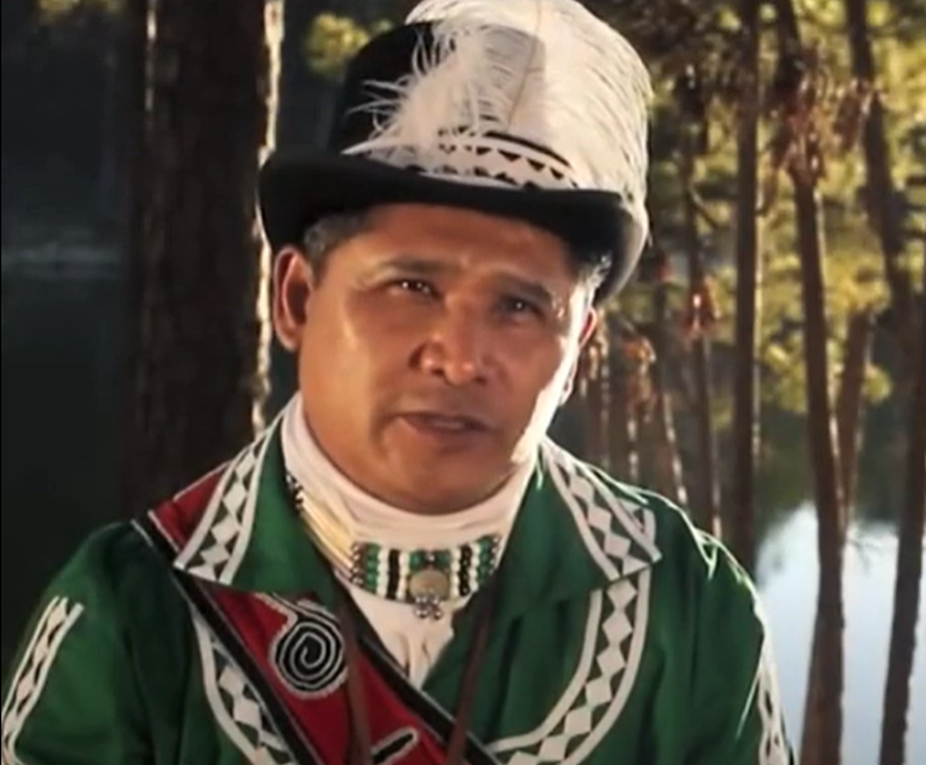 The Choctaw People & Nation: Mississippi, Louisiana, Florida & Alabama. - USA, Jaguar Bird
The Choctaw People & Nation: Mississippi, Louisiana, Florida & Alabama. - USA, Jaguar Bird
The Five “Civilized” Tribes
“The Five Civilized Tribes” was a name given by the US government to a group of five major Native American nations in the Southeast: the Cherokee, Chickasaw, Muscogee (Creek), Seminoles—and Choctaw.
White Americans classified them as "civilized" because they had basically assimilated into Anglo-American culture. They adopted European clothing styles, farming methods—and one very particular practice that today would be considered anything but “civilized”.
They Adopted Shady Social Practices
It’s no secret that back then, people from all cultures had some shady practices that would certainly shock us today. And the Choctaw were no different. After meshing with the Europeans, not only did they look to them for food practices, but also for a social system.
And the Europeans had something—or someone—of particular value.
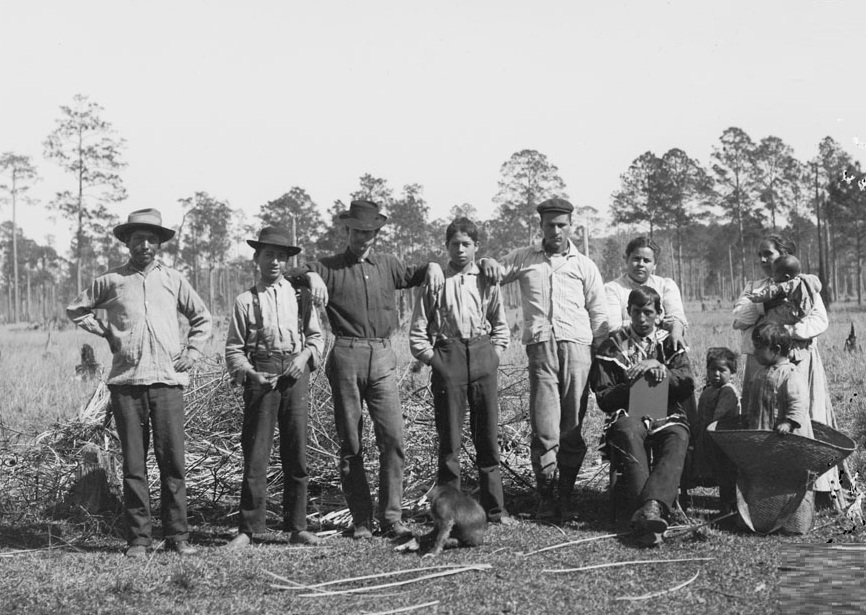 Smithsonian Museum Support Center, Wikimedia Commons
Smithsonian Museum Support Center, Wikimedia Commons
They Became Slave Owners
While the Choctaw may not have been the first Native American tribe to own Black slaves, they were among the Five Civilized Tribes, who were known to regularly practice slavery.
The Choctaw adopted slavery from white settlers—and they took it to the extreme.
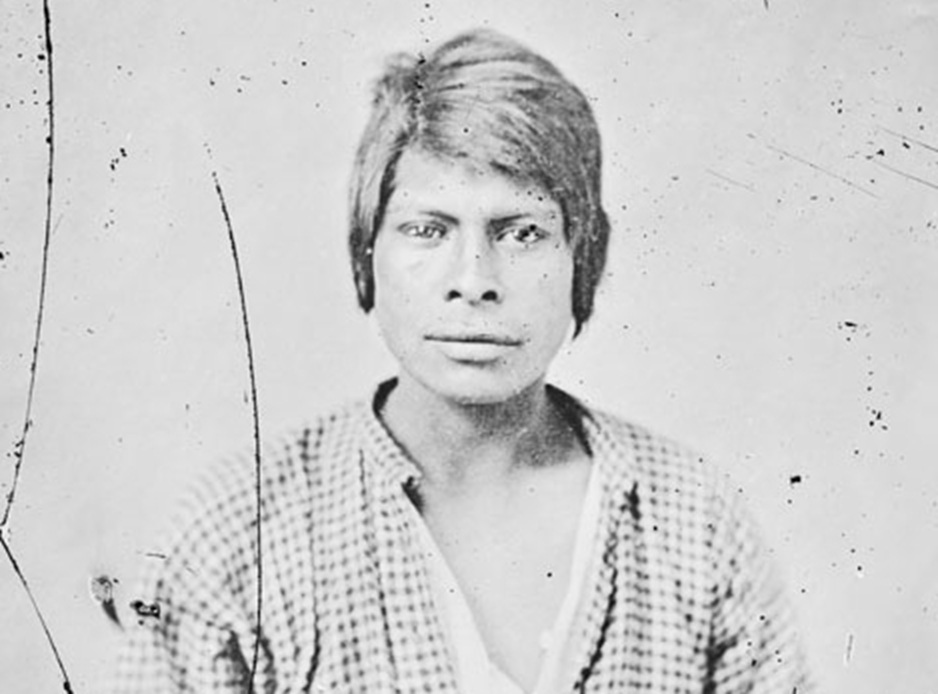 Antonio(n) Zeno Shindler, National Anthropological Archives, Wikimedia Commons
Antonio(n) Zeno Shindler, National Anthropological Archives, Wikimedia Commons
They Took It A Little Too Far
The Choctaw enslaved Black people for both domestic and agricultural labors—meaning they had slaves sweeping their floors, harvesting their dinners, and everything in between.
Over the years, it only got worse. Eventually, enslaved people made up a huge portion of their population—and things started getting mixed up.
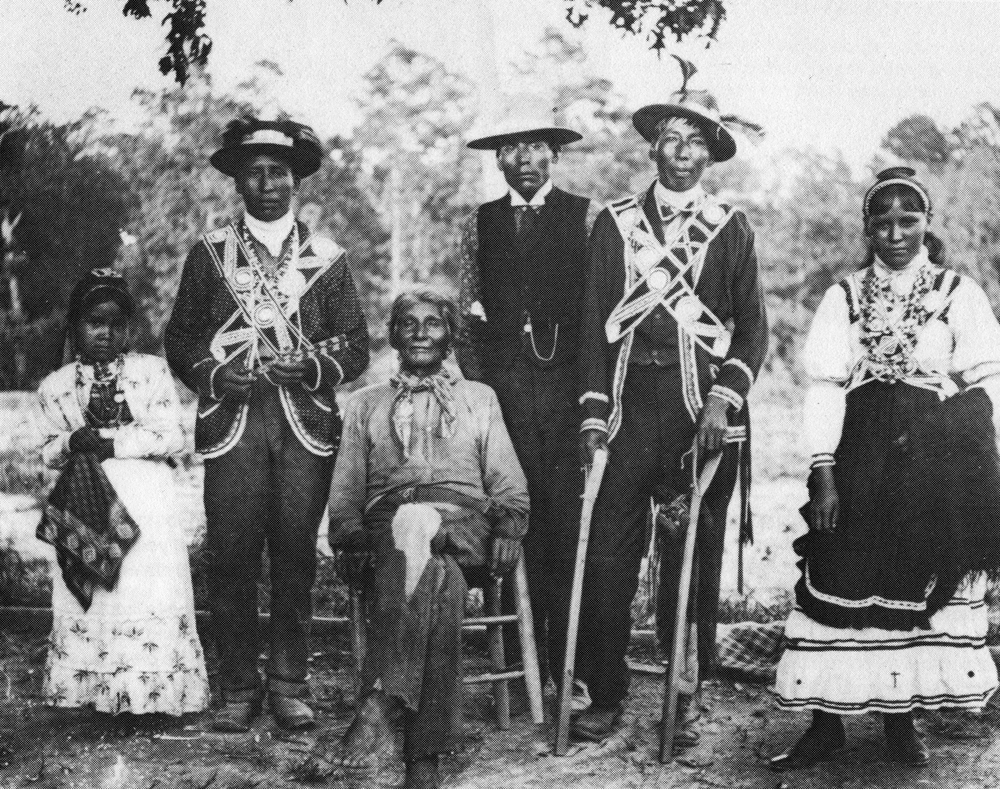 English Wikipedia, Wikimedia Commons
English Wikipedia, Wikimedia Commons
Mingling With The Help
The Choctaw slave population grew so significantly that Black people eventually became part of their community, in more ways than one. While they were still technically enslaved, many of them had intimate relationships with Choctaw people. Actually, it went so far that when slavery finally ended with the Civil War, treaties had to be made regarding citizenship of the slaves—who were now mostly of mixed African-Choctaw descent.
These people became known as Choctaw Freedmen, and were ultimately granted citizenship in the Choctaw Nation.
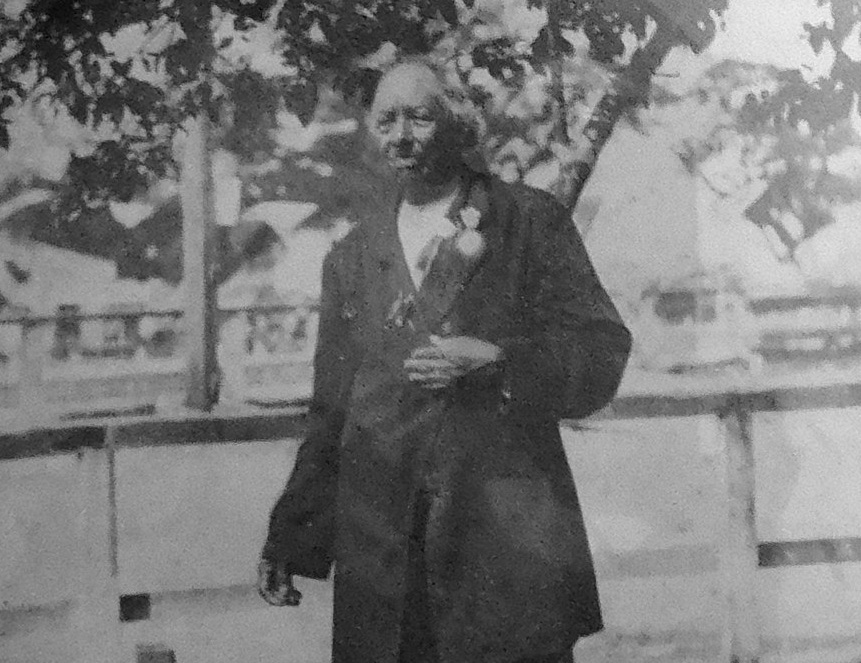 Unknown Author, Wikimedia Commons
Unknown Author, Wikimedia Commons
Their Loyalty Was Not Rewarded
Since the Choctaw seemed to have a good thing going with the Americans, they chose to ally with them during the American Revolution, the War of 1812, and the Creek War. While they helped take America to victory in numerous battles, their loyalty was not rewarded.
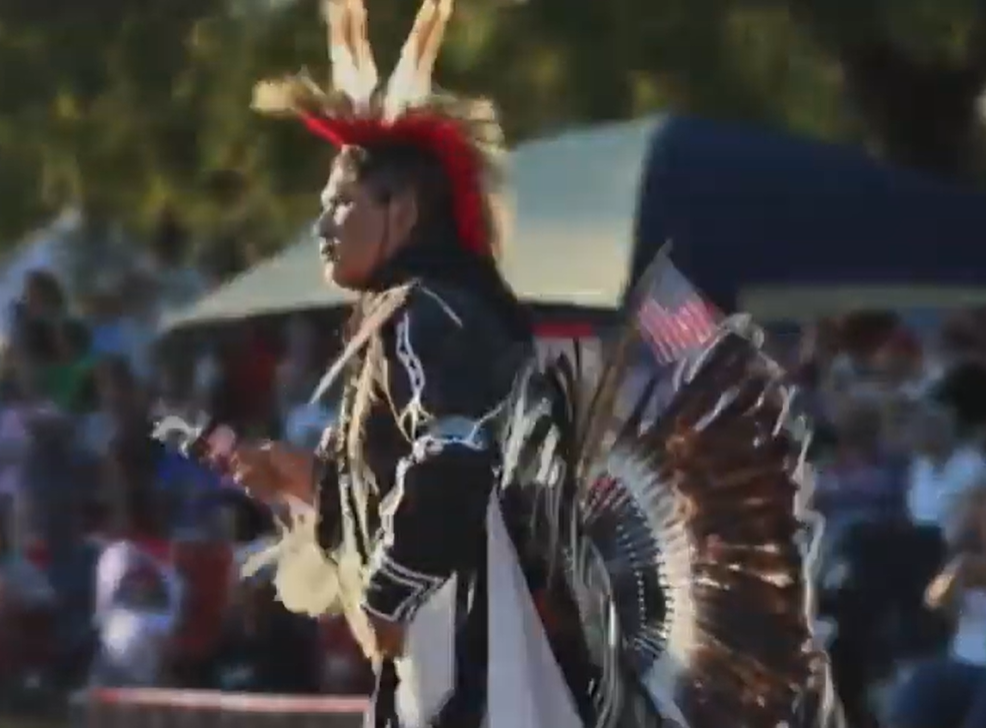 The Choctaw People & Nation: Mississippi, Louisiana, Florida & Alabama. - USA, Jaguar Bird
The Choctaw People & Nation: Mississippi, Louisiana, Florida & Alabama. - USA, Jaguar Bird
The Americans Turned On Them
After a series of treaties between the Choctaw and the US, the government ended up taking large chunks of the Choctaw’s ancestral lands.
But the American government didn’t just want land rights, they wanted it all to themselves. And they were prepared to remove anything left upon it—including the Choctaw people themselves.
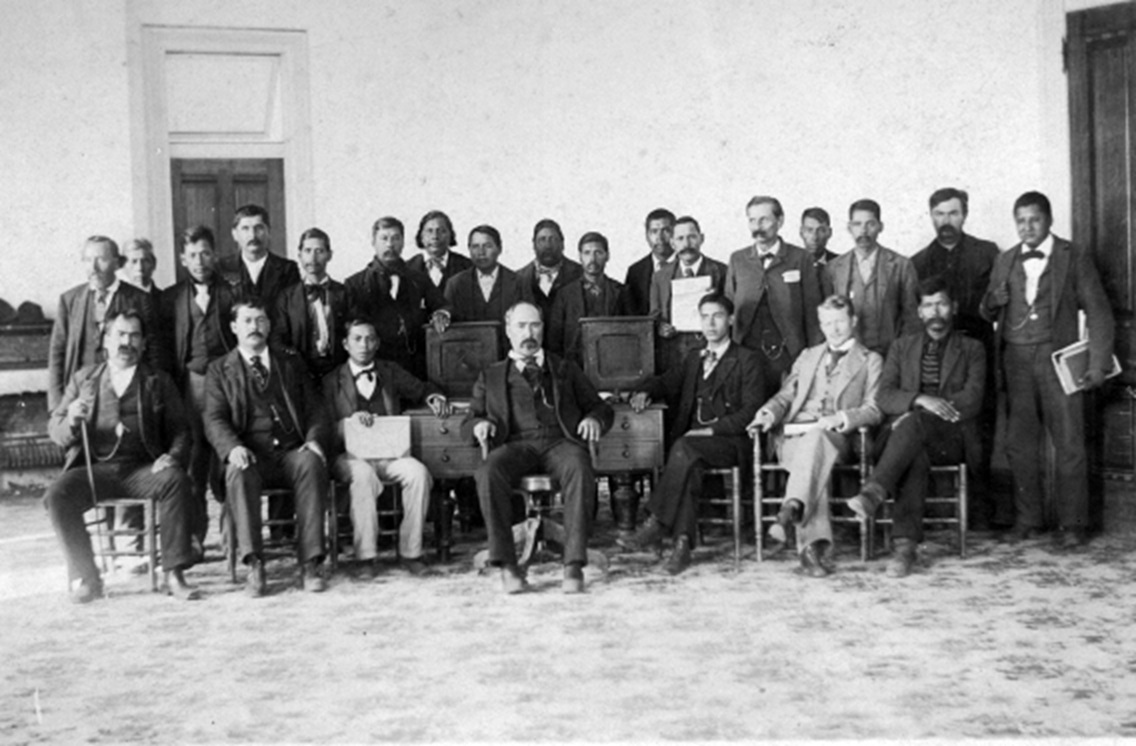 Unknown Author, Wikimedia Commons
Unknown Author, Wikimedia Commons
The Beginning Of The End
In 1830, the US began something they liked to call “ethnic cleansing”, in which they “cleansed” the ancestral land of self-governing tribes by forcefully removing them. Not only did they kick them out, they forced them to go live on other lands the government deemed as “designated Indian Territory”—land completely foreign to them.
If that isn’t bad enough, wait until you hear how they forced them to leave.
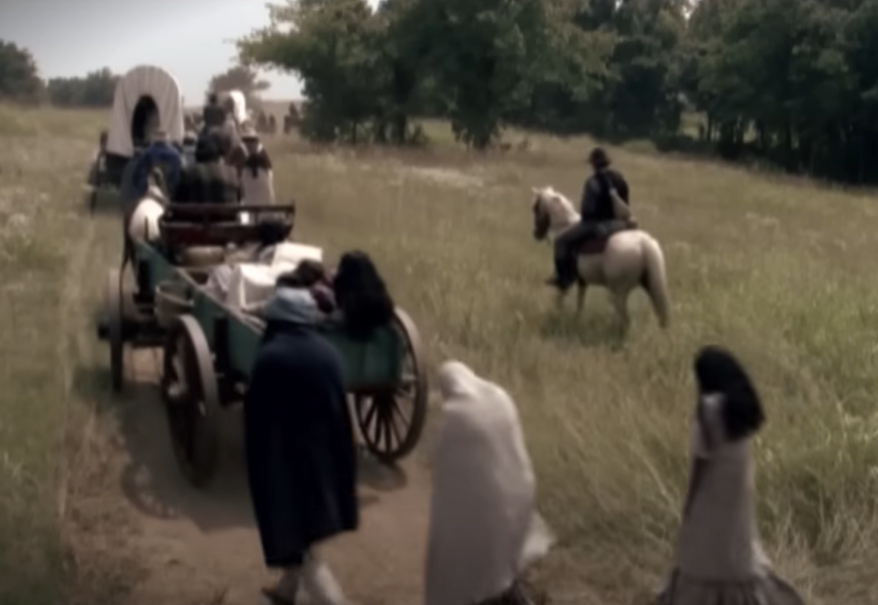 Trail of Tears National Historic Trail, NationalTrailsNPS
Trail of Tears National Historic Trail, NationalTrailsNPS
Their Culture Was Being Erased
To put this into perspective, the Indian Removal was massive. Over 100,000 people belonging to the Five Civilized Tribes—the groups who once looked up to Americans for inspiration and respect—were forced from their homes with nothing but the clothes on their backs.
According to the US government, the transformation from their traditional way of life towards a white American way of life was “gaining momentum”, and the Indian Removal Act of 1830 solidified it.
Basically, they were erasing an entire culture.
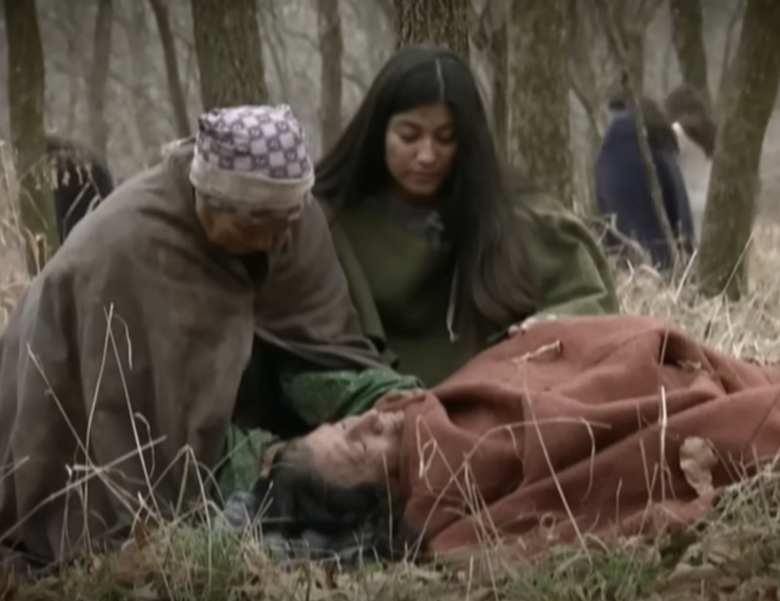 Trail of Tears National Historic Trail, NationalTrailsNPS
Trail of Tears National Historic Trail, NationalTrailsNPS
American Greed Took Over
White settlers were pressuring the federal government to remove Indians from the Southeast simply so they could have more land and resources. And while some government officials passionately opposed, the Act got pushed through anyway, officially authorizing the government to extinguish any Indian title to land claims in the Southeast.
And they wasted no time getting to work.
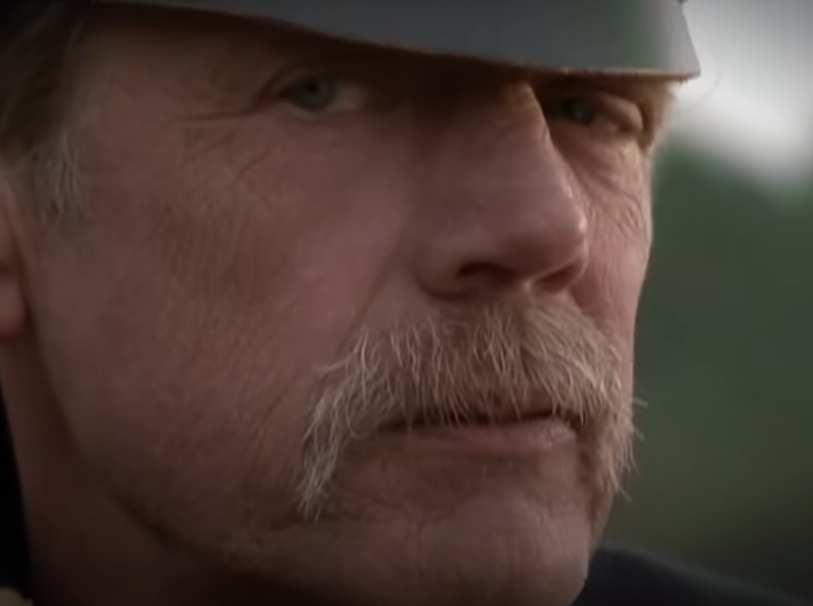 Trail of Tears National Historic Trail, NationalTrailsNPS
Trail of Tears National Historic Trail, NationalTrailsNPS
The Choctaw Were First In Line
In 1831, the Choctaw became the first nation to be removed from their lands—which are now the states of Alabama, Mississippi, and Louisiana. After a series of treaties that began 30 years prior, the Choctaw signed one with the US government, agreeing to a removal.
But it didn’t sound all that bad, at first.
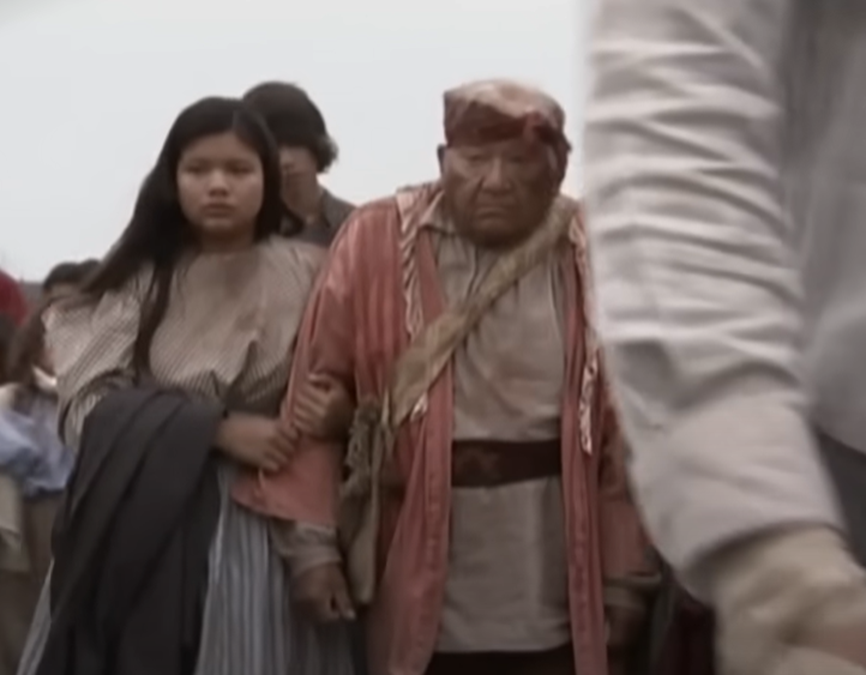 Trail of Tears National Historic Trail, NationalTrailsNPS
Trail of Tears National Historic Trail, NationalTrailsNPS
They Were Told It Would Easy
The Choctaw were persuaded into signing the treaty, which offered them 15 million acres of new land in exchange for 11 acres of their homeland. It also promised that they’d be taken care of. They were promised safe transportation to new land, and that the US would bear the expense of moving their homes and belongings for them.
But the government didn’t hold up their end of the deal.
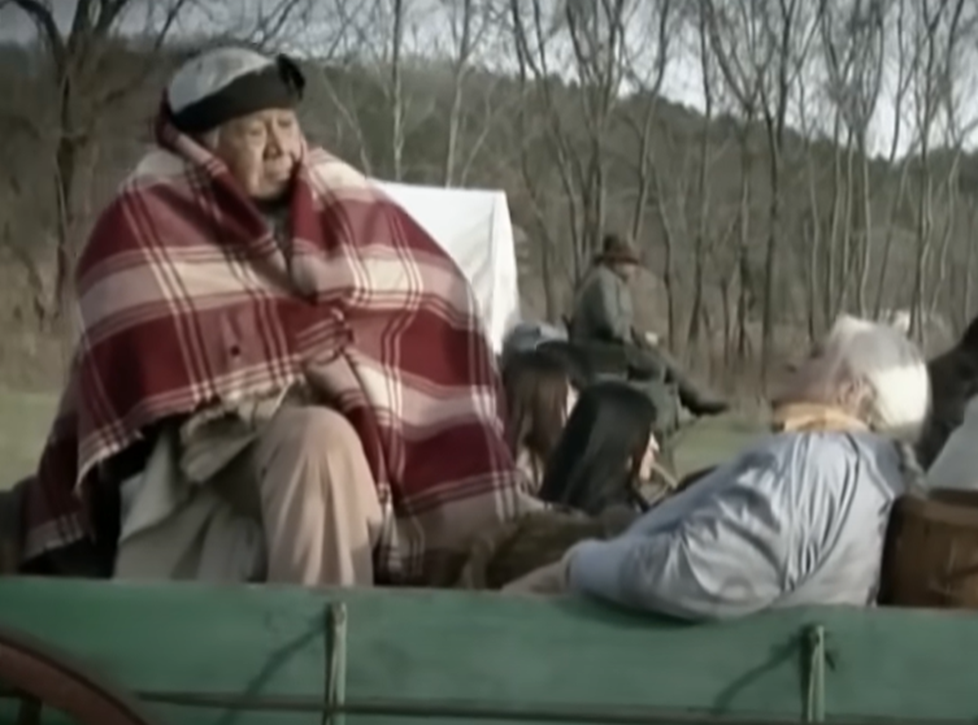 Trail of Tears National Historic Trail, NationalTrailsNPS
Trail of Tears National Historic Trail, NationalTrailsNPS
They Were Lied To
Not only did the US government have zero intention on following through with their promise to care for their belongings, they also failed to mention just how horrific their journey was about to be.
The Choctaw removal, being the first one, served as the model for all future removals—and it was absolutely horrific.
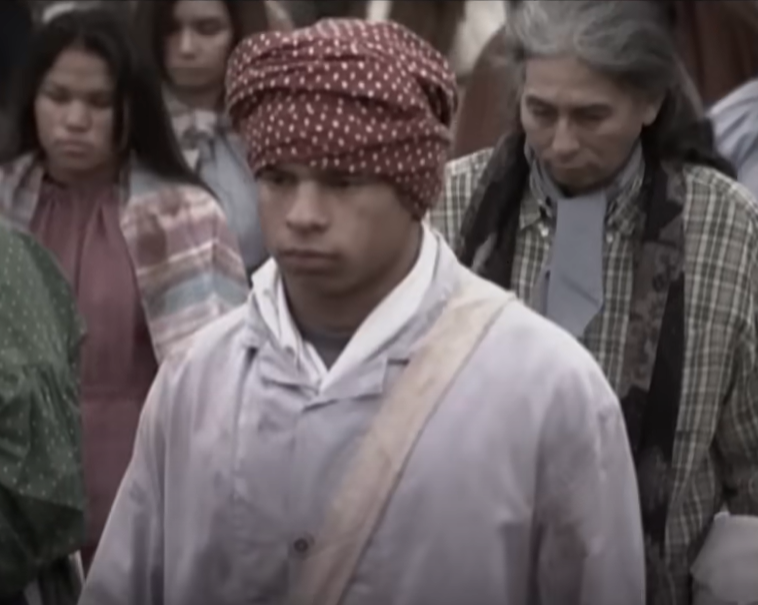 Trail of Tears National Historic Trail, NationalTrailsNPS
Trail of Tears National Historic Trail, NationalTrailsNPS
The Formidable Route
The Choctaw were gathered up in groups and told not to bring anything along with them. With only the clothing on their backs, they were then expected to travel along a route that extended from North Carolina through Tennessee, Georgia, Alabama, Kentucky, Illinois, Arkansas, Missouri, and ended in Oklahoma.
It was a whopping 5,043 miles along grueling land and water routes—and the Choctaw were expected to do it on foot.
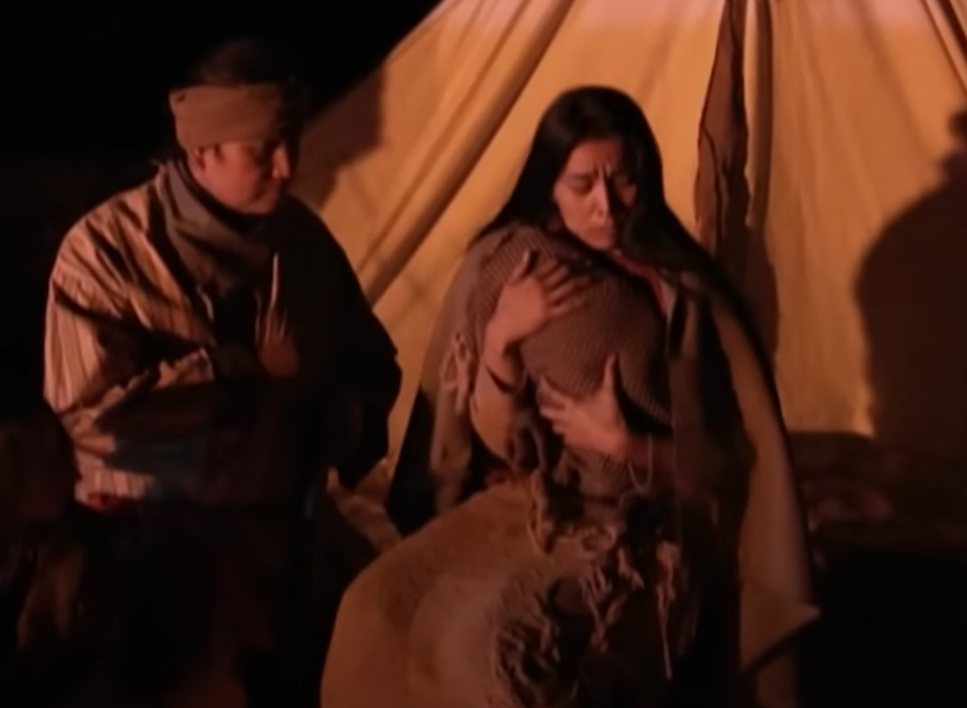 Trail of Tears National Historic Trail, NationalTrailsNPS
Trail of Tears National Historic Trail, NationalTrailsNPS
The Weather Was Extreme
The first groups were sent in November 1831—AKA winter. The harsh weather battered the Choctaw with flash floods, sleet, and snow. At first, they were provided with a few wagons to assist, but the floods made that particularly challenging. One group didn’t make it to their checkpoint at all and were presumed “lost in the swamps”.
Many of the Choctaw literally froze to death. At one point, the temperature stayed below freezing for an entire week. But the cold wasn’t their only threat.
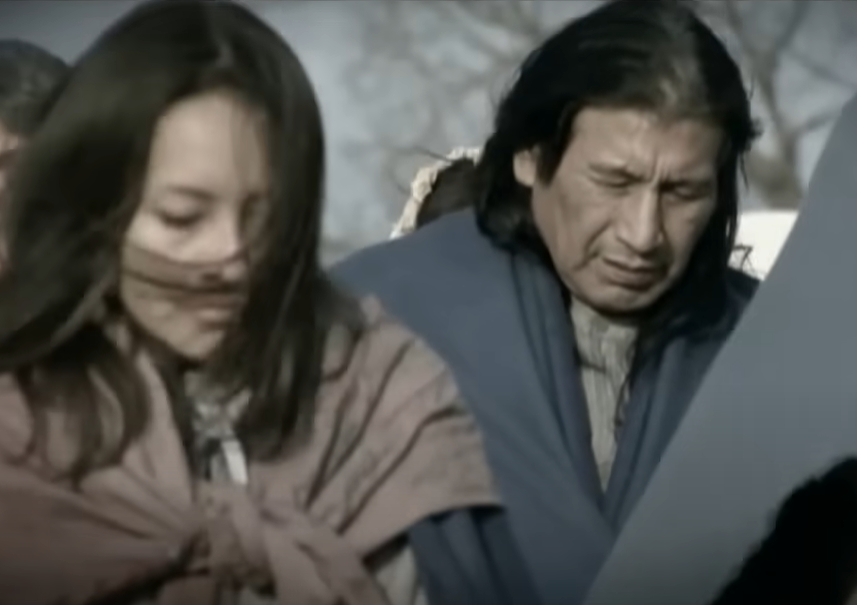 Trail of Tears National Historic Trail, NationalTrailsNPS
Trail of Tears National Historic Trail, NationalTrailsNPS
They Didn’t Have Enough Food
While many Choctaw perished in the freezing temps, more continued to die from a lack of food. After nearly running out of food, the Choctaw began their river-based route, but ended up trapped without travel for several weeks due to frozen rivers.
And at that point, food rationing got serious.
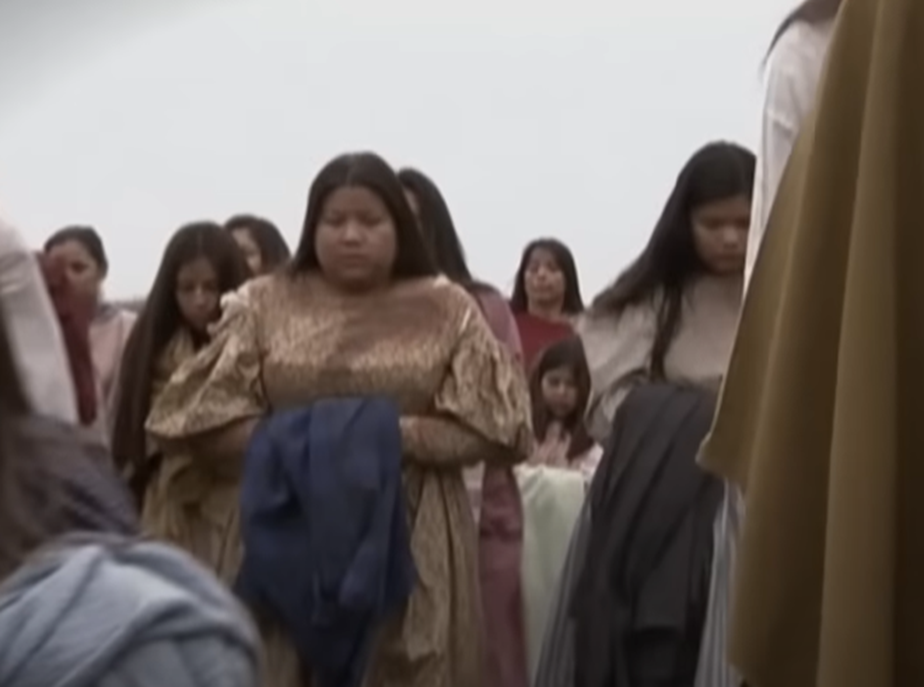 Trail of Tears National Historic Trail, NationalTrailsNPS
Trail of Tears National Historic Trail, NationalTrailsNPS
They Were Forced To Make Devastating Decisions
The Choctaws were given only one small handful of boiled corn, one turnip, and two cups of heated water per day. Many elders gave their rations to children, in turn causing them to succumb to starvation.
The Choctaw were losing more lives with each passing day.
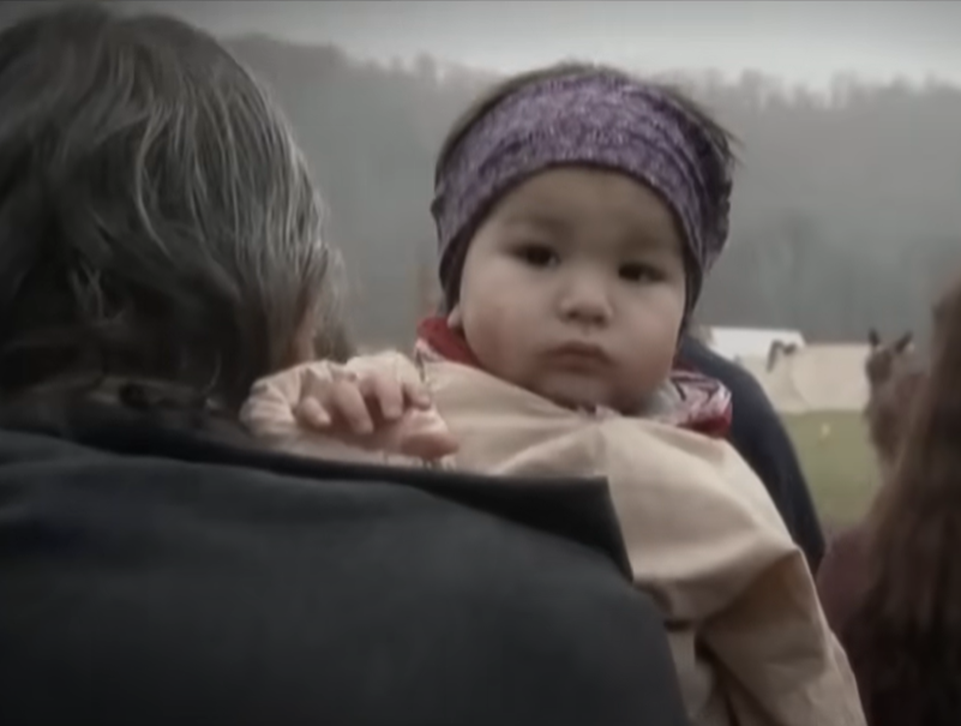 Trail of Tears National Historic Trail, NationalTrailsNPS
Trail of Tears National Historic Trail, NationalTrailsNPS
The Trail Was Physically Impossible
Aside from extreme temperatures and starvation, the physical intensity of the walk was just as brutal. Many Choctaw perished from exhaustion and physical ailments, and with blistered and bruised feet, many also suffered broken bones from falls—and something even more horrific.
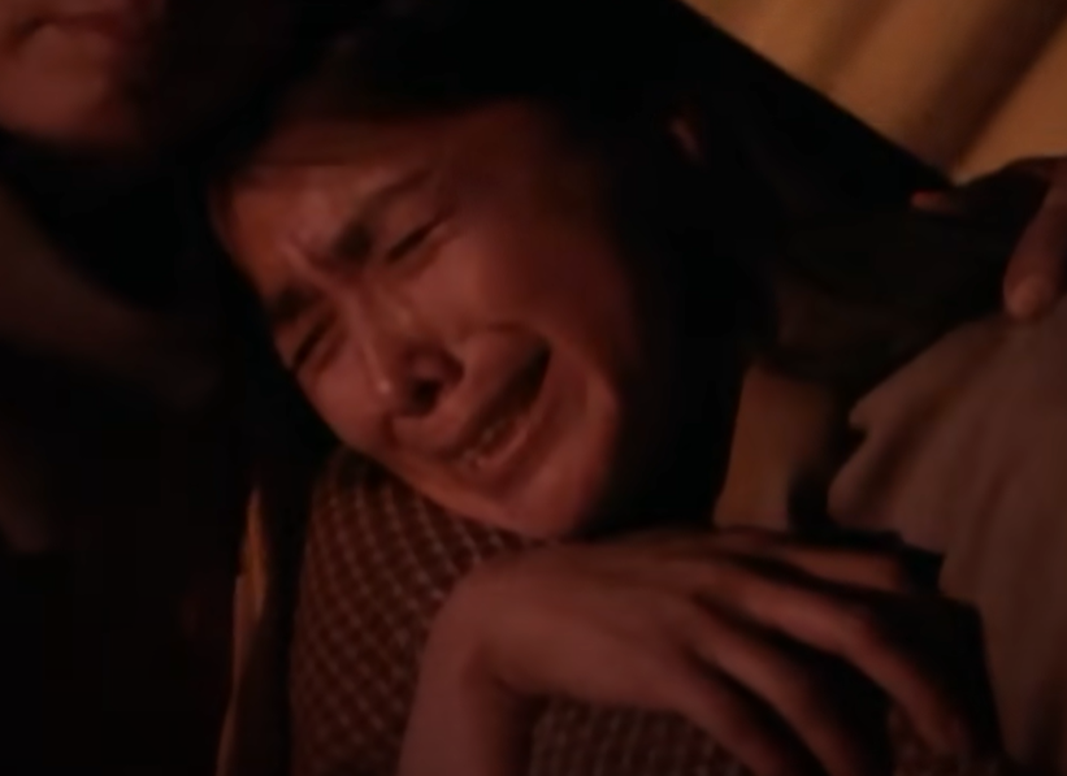 Trail of Tears National Historic Trail, NationalTrailsNPS
Trail of Tears National Historic Trail, NationalTrailsNPS
They Suffered Alone
During this dreadful ordeal, the Americans rode horses and wagons, while the Choctaw dragged their feet along treacherous terrain. The Americans also enjoyed a secret supply of food and water in which they, of course, did not share.
But none of that is as bad as what you’re about to read.
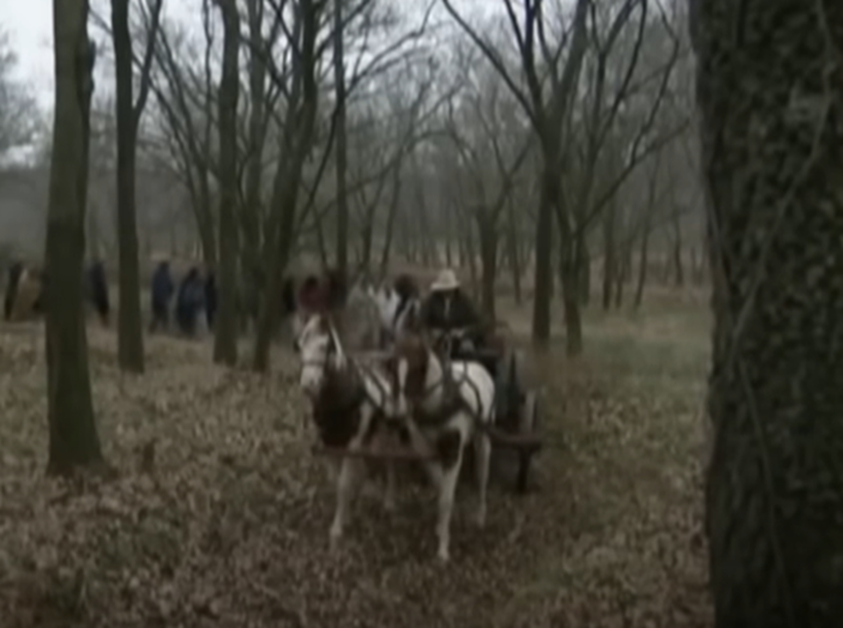 Trail of Tears National Historic Trail, NationalTrailsNPS
Trail of Tears National Historic Trail, NationalTrailsNPS
They Were Cruelly Mistreated
If the harsh conditions weren’t awful enough already, they were exacerbated by the cruel mistreatment of the Choctaw by their American guards. The already dying Choctaw were herded like cattle, whipped to go faster and shot at when they fell behind.
To make it even worse, the soldiers targeted a particularly vulnerable group of Choctaw as a way to speed up the group as a whole—and what they did was revolting.
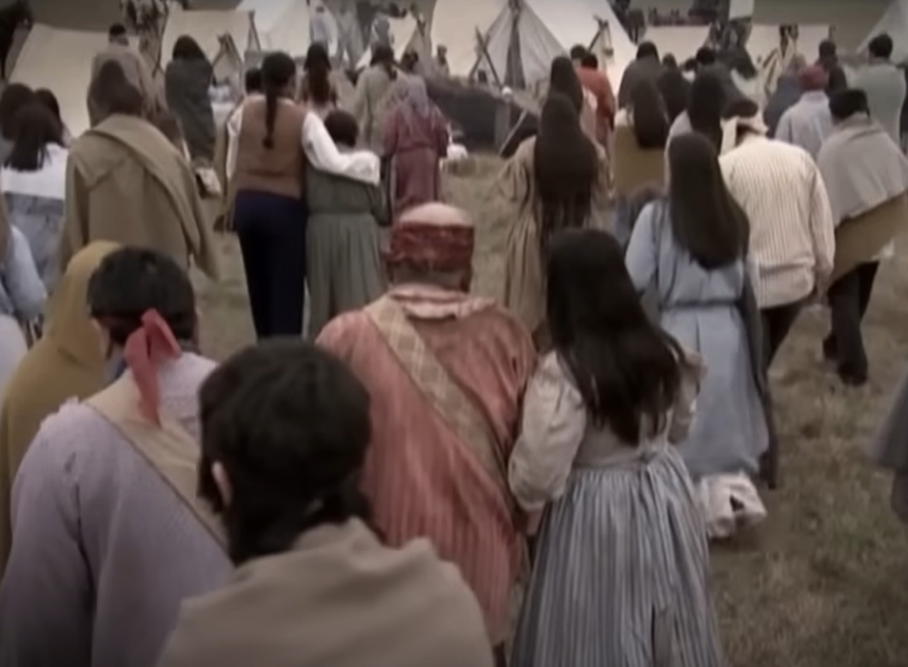 Trail of Tears National Historic Trail, NationalTrailsNPS
Trail of Tears National Historic Trail, NationalTrailsNPS
Their Children Were Targeted
Surviving tribal members recounted their experience as one of the most brutal moments in their lives, stating that impatient soldiers sporadically used whips on them, shot anyone who tried to escape, and unburdened mothers of their babies by hurting the children, using rocks and trees to quicken their pace.
Out of sheer desperation, many mothers made a disturbing decision.
 Antonio(n) Zeno Shindler, Smithsonian Museum Support Center, Wikimedia Commons
Antonio(n) Zeno Shindler, Smithsonian Museum Support Center, Wikimedia Commons
A Decision No Mother Should Have To Make
During the most difficult days of the journey, some mothers reportedly tried to end their babies’ lives in fear that the children would be abandoned and left to painfully suffer at the mouths of wildlife if they themselves were to die.
Survivor accounts are absolutely heartbreaking.
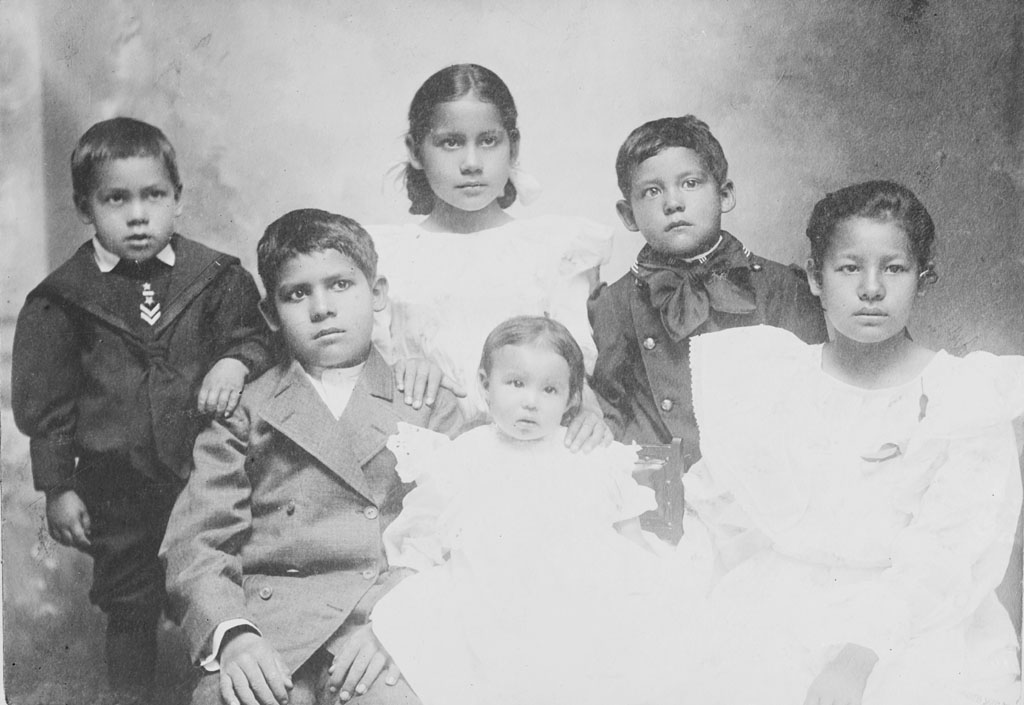 Smithsonian Museum Support Center, Wikimedia Commons
Smithsonian Museum Support Center, Wikimedia Commons
A Young Survivor’s Nightmare
According to one survivor account, a young man watched his father die, and then the next day, his mother also passed. Each day after that, he lost one of his brothers and sisters, until he was the only surviving family member.
Many others have truly heartbreaking recounts of leaving the bodies of their loved ones behind, or carrying their ailing family members on their backs through waist-deep, frigid waters.
It was worse than any of us could imagine.
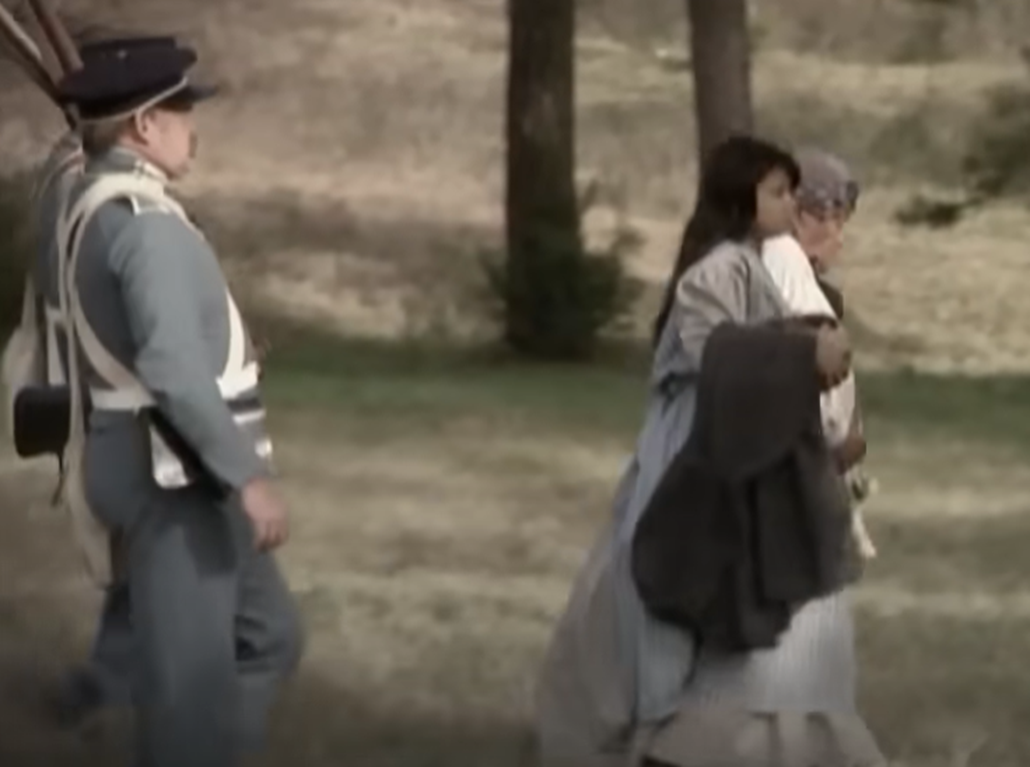 Trail of Tears National Historic Trail, NationalTrailsNPS
Trail of Tears National Historic Trail, NationalTrailsNPS
The Most Devastating Event In Native American History
This particular event became known as The Trail of Tears—and it was the most devastating event in Native American history. Over 6,000 Choctaws lost their lives on the trail, and over 10,000 Native Americans in total died during the Indian Removal.
The ones who stayed back in Mississippi didn’t exactly fare well either.
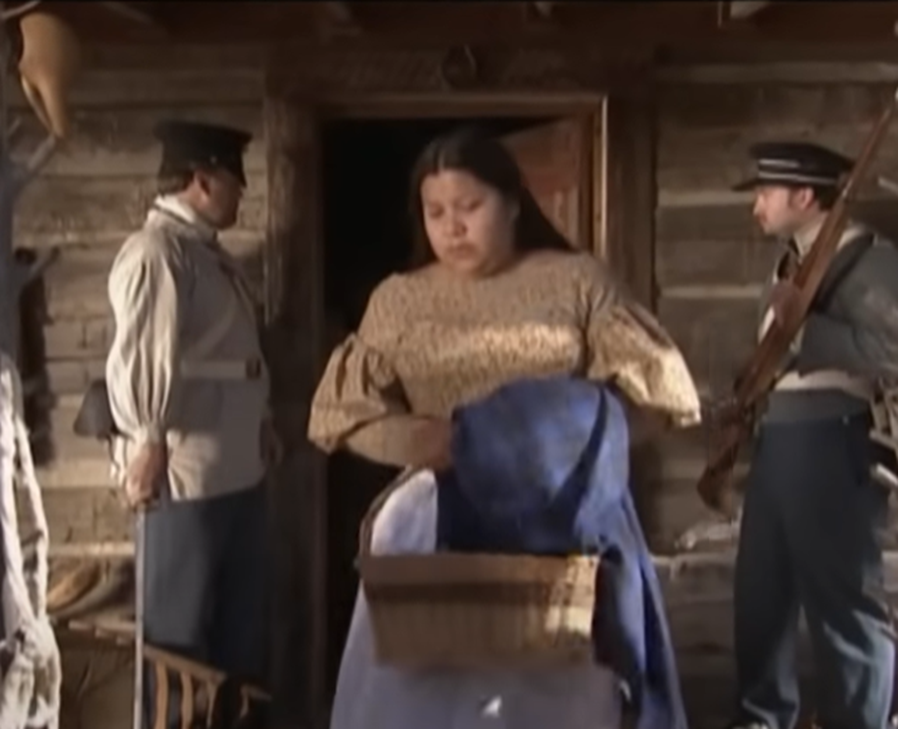 Trail of Tears National Historic Trail, NationalTrailsNPS
Trail of Tears National Historic Trail, NationalTrailsNPS
They Were Given A Conditional Offer
Many Choctaw people were given the option of staying in Mississippi—but only under one condition: they had to give up their nation and become US citizens.
The Treaty of Dancing Rabbit Creek—the one that had them agree to the removal in the first place—also stated that those who chose to stay would be given a small chunk of their homeland back as a state-run reservation, submitting to state and federal laws.
About 5,000 Choctaw people stayed behind. And while they managed to avoid the Trail of Tears—they weren’t exactly safe either.
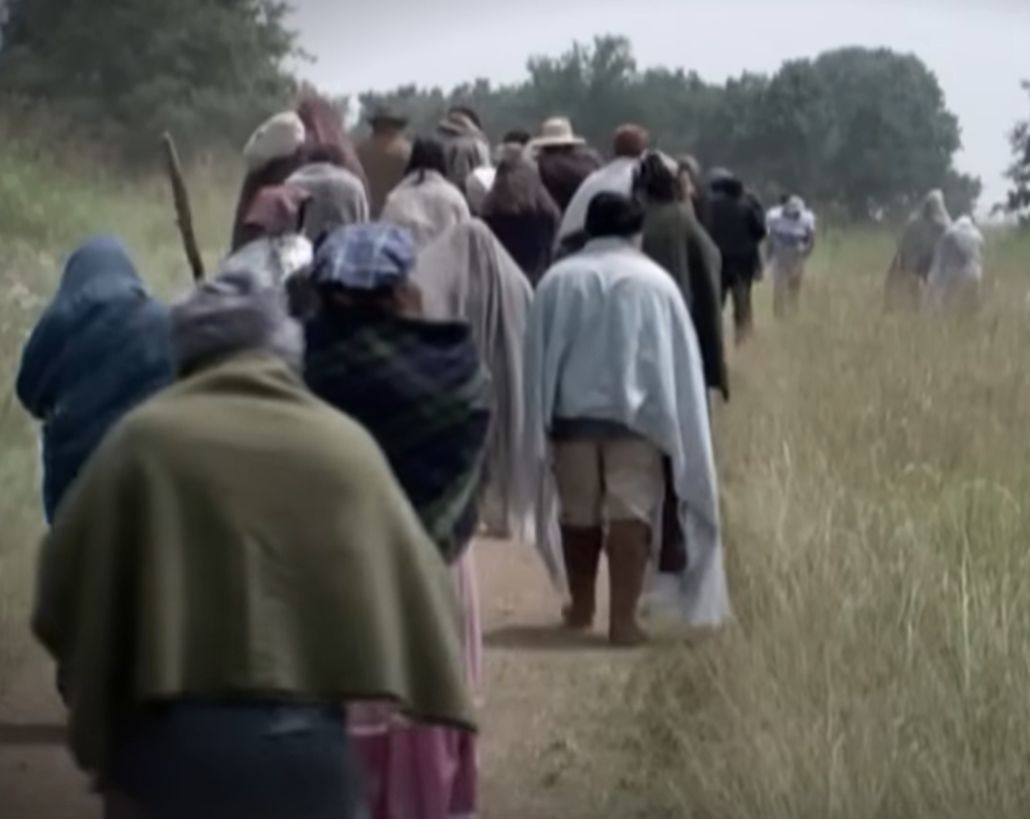 Trail of Tears National Historic Trail, NationalTrailsNPS
Trail of Tears National Historic Trail, NationalTrailsNPS
Their Villages Were Burned To The Ground
While thousands of Choctaw people were dying along the Trail of Tears, those who stayed behind were suffering huge loss as well. Not only were they subjected to legal conflicts surrounding their rights to land, the Americans took things up a notch and tore down their buildings, burned their villages, and stole their cattle.
Nothing that was promised actually took place.
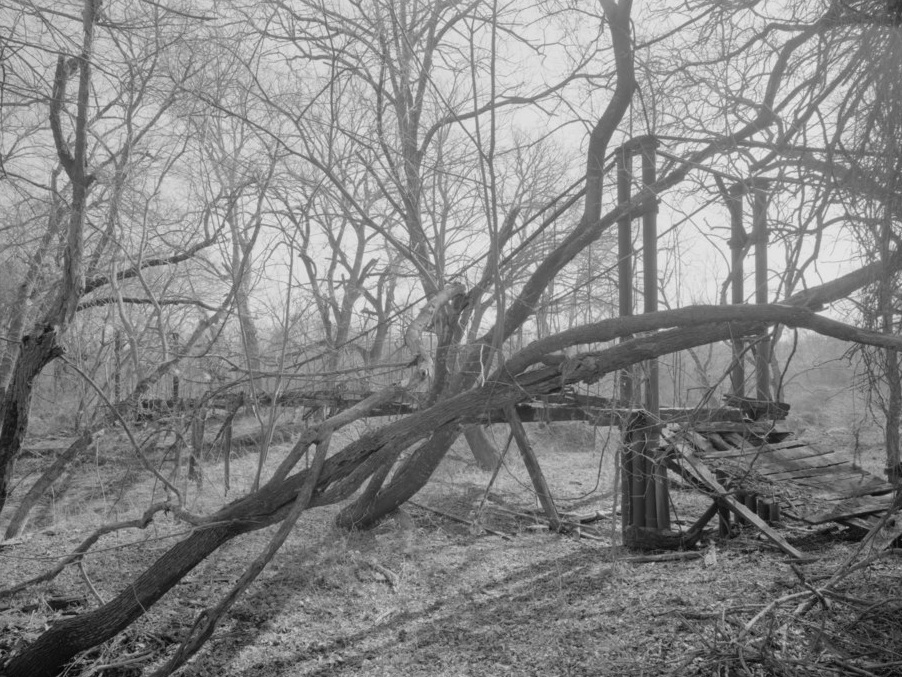 Harms, Bruce, Wikimedia Commons
Harms, Bruce, Wikimedia Commons
Settlers Became Squatters
Not only did they rip apart the Choctaws' existing villages to force them to move to other parts of the land, American settlers were barging in and squatting on their land. When approached by the Choctaw, the squatters would use physical force to defend themselves—killing many Choctaw in the process.
This went on for years while their reservation was adequately created.
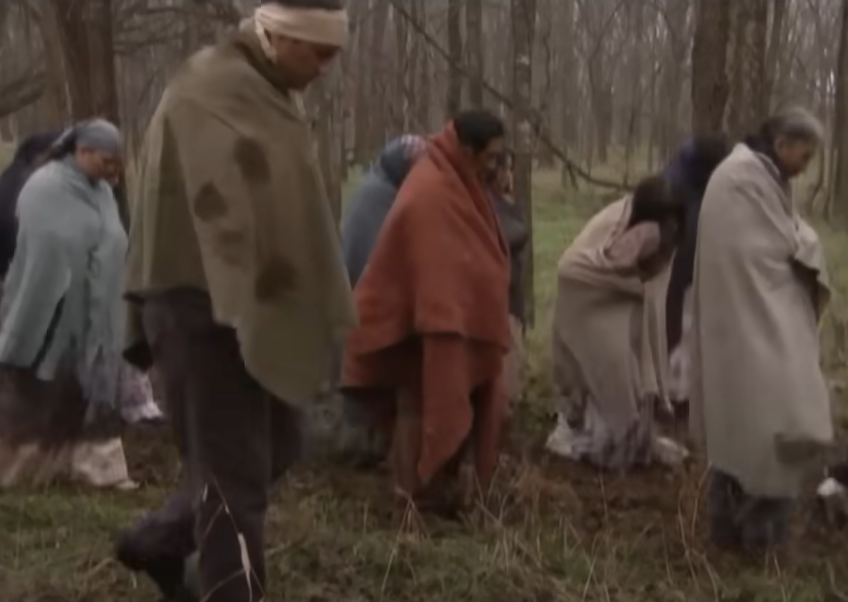 Trail of Tears National Historic Trail, NationalTrailsNPS
Trail of Tears National Historic Trail, NationalTrailsNPS
They Were The Guinea Pigs
Because the Choctaw were the first tribe to venture down the Trail of Tears, they were also the hardest hit. Afterward, the Americans learned a few lessons, and packed a little better for the next few rounds. Though, regardless of their spot in line, all Native American tribes who traveled the Trail of Tears experienced immense devastation.
However, a decade later, the Americans found a good use for them.
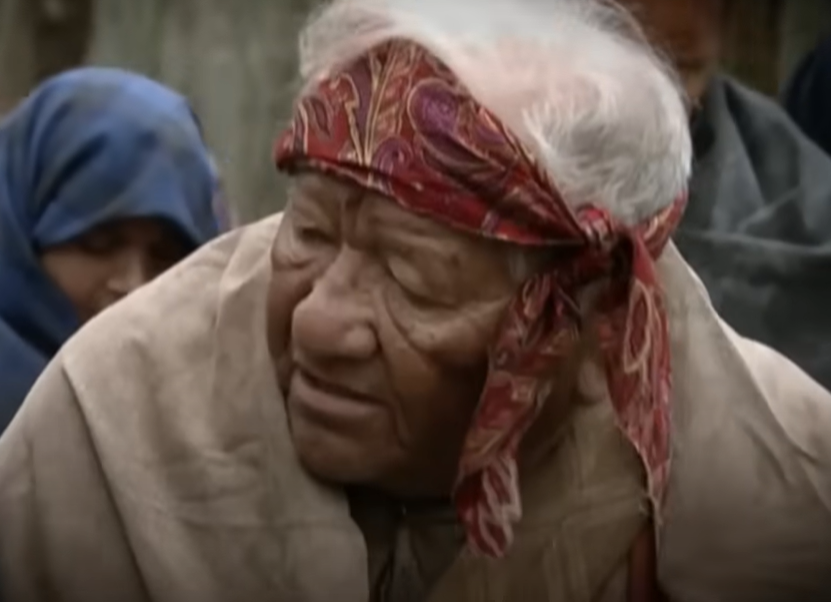 Trail of Tears National Historic Trail, NationalTrailsNPS
Trail of Tears National Historic Trail, NationalTrailsNPS
They Reconciled
Many of the surviving Choctaw left in Mississippi went on to become citizens of the state, and even went so far as to aid them in war. During the American Civil War, the Choctaw in both Mississippi and the new Indian Territory in Oklahoma sided with the Confederate States of America, and Americans began to see them as allies.
And then in WWI, the Choctaw offered the American army an invaluable aid that would change the course of war.
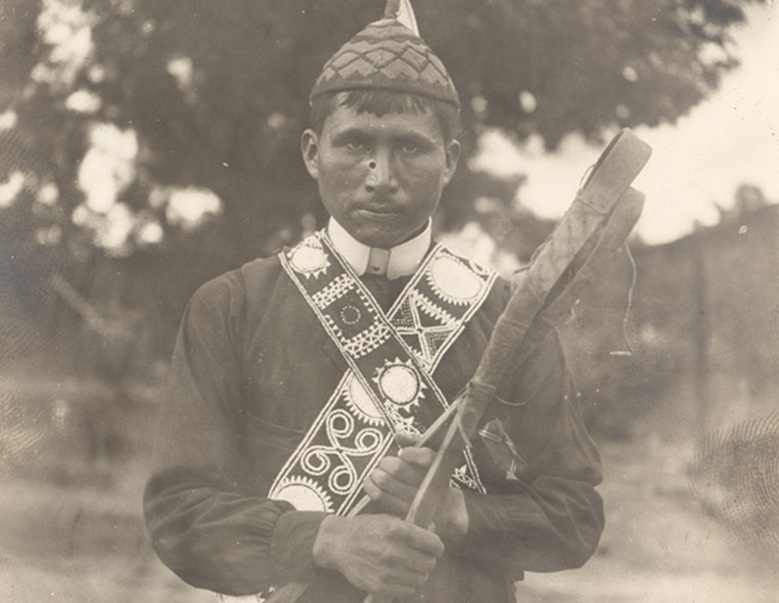 Smithsonian Institution from United States, Wikimedia Commons
Smithsonian Institution from United States, Wikimedia Commons
They Had A Unique Secret Weapon
With warrior blood, Choctaw soldiers were undoubtedly an asset to the American army. During WWI, many Choctaw warriors served in the US military as some of the first Native American “code talkers”, using the Choctaw language as a means of secret communication.
Their code was never broken, and they aided in numerous victories for America.
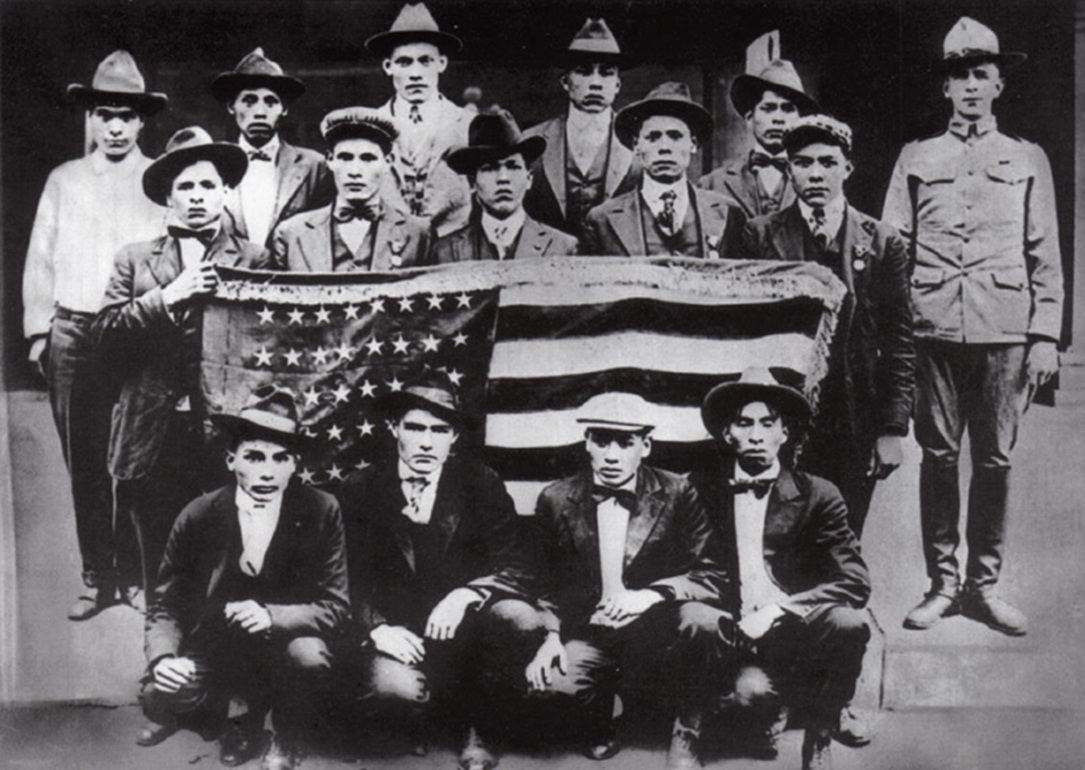 Unknown Author, Wikimedia Commons
Unknown Author, Wikimedia Commons
They Lost Control Over Their New Land
Prior to the war, in 1903, 3,000 Choctaw were persuaded into moving to the new Indian Territory—which officially became the state of Oklahoma a few years later.
But by that time, the government had already found a way to dismantle the Indian Territory and divide their communal lands into small allotments for individual families—once again as a way to assimilate them even further into white culture.
Once the government had control again, they took over appointing Choctaw chiefs and controlled their political structure—which is likely what led to their involvement in the war.
 Trail of Tears National Historic Trail, NationalTrailsNPS
Trail of Tears National Historic Trail, NationalTrailsNPS
They Bounced Back
After the war, things slowly settled and the Choctaw once again reconciled with the Americans. In 1934, the Indian Reorganization Act allowed the Choctaw to reestablish their government in Indian Territory and finally gain federal recognition. Today, there are four federally recognized tribes of Choctaw Indians, with a few state recognized tribes as well.
While the Choctaw proved their existence to be invaluable when they helped bring America to victory in WWI, there's also something else about them that makes them unlike any other tribe—literally.
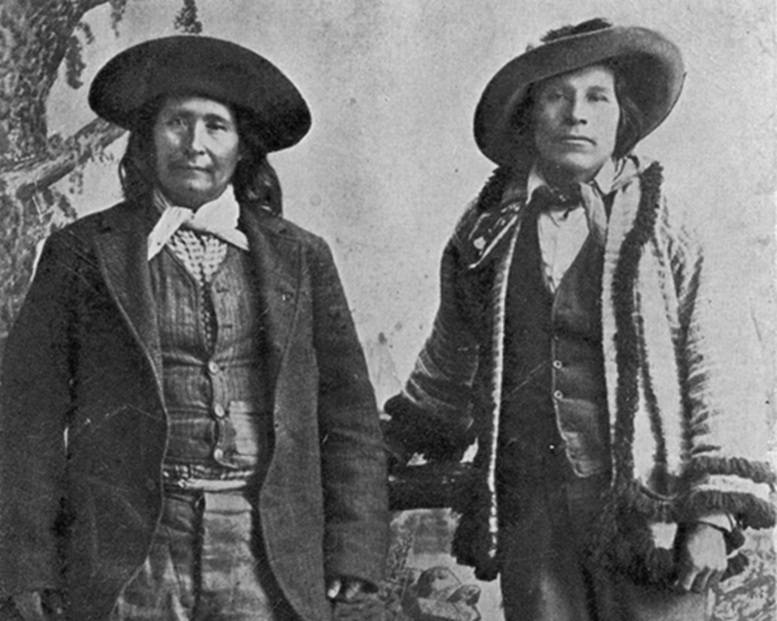 Unknown Author, Wikimedia Commons
Unknown Author, Wikimedia Commons
They're Invaluable For Another Reason, Too
For centuries, the Choctaw have proven their strong ability to protect, defend, outsmart, and persevere. Training young, Choctaw warriors became known for their fierce confidence. But there is one characteristic that is distinct to Choctaw people that further sets them apart—and it happens to be both a blessing and a curse.
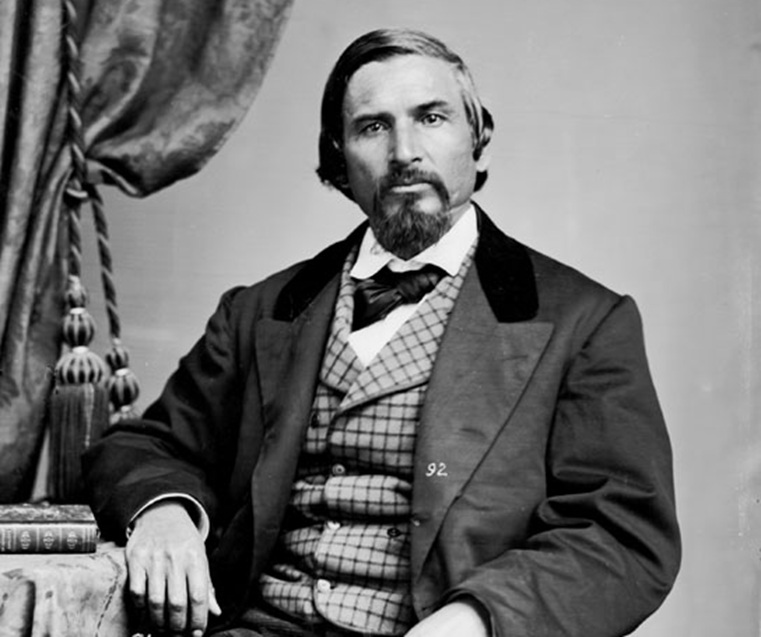 Antonio(n) Zeno Shindler, Smithsonian Museum Support Center, Wikimedia Commons
Antonio(n) Zeno Shindler, Smithsonian Museum Support Center, Wikimedia Commons
They Have An Extremely Rare Blood Type
In 1997, it was discovered that Choctaw people have a very rare antibody in their blood—so rare that it is not found in any other part of the world. It is scientifically known as ENAV(MNS42), and only three Choctaw people have been found to have this rare "type" of blood.
While this is exciting news for researchers of all kinds, this unique genetic marker actually poses a significant risk for the Choctaw people themselves.
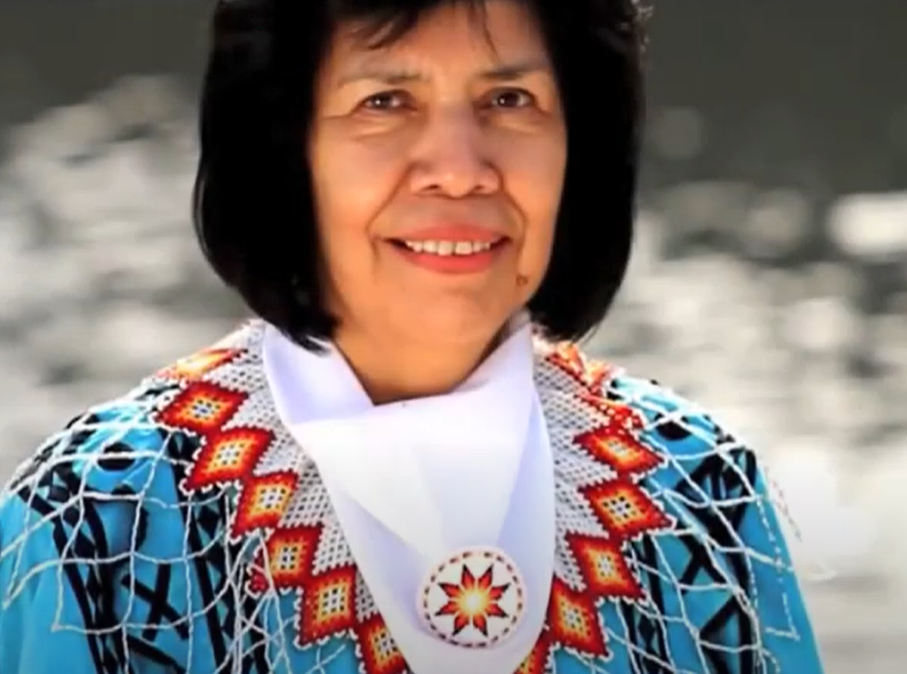 The Choctaw People & Nation: Mississippi, Louisiana, Florida & Alabama. - USA, Jaguar Bird
The Choctaw People & Nation: Mississippi, Louisiana, Florida & Alabama. - USA, Jaguar Bird
Only Full Choctaw People Have It
Researchers believe the antibody is likely inherited from parents, and so the more Choctaw one is, the more likely it is that they have this rare blood type. The problem now is that true Choctaw blood has been thinned out over the years after they mixed with both African and European Americans. Only select members of the Choctaw tribe now have blood that is compatible with this unique blood marker.
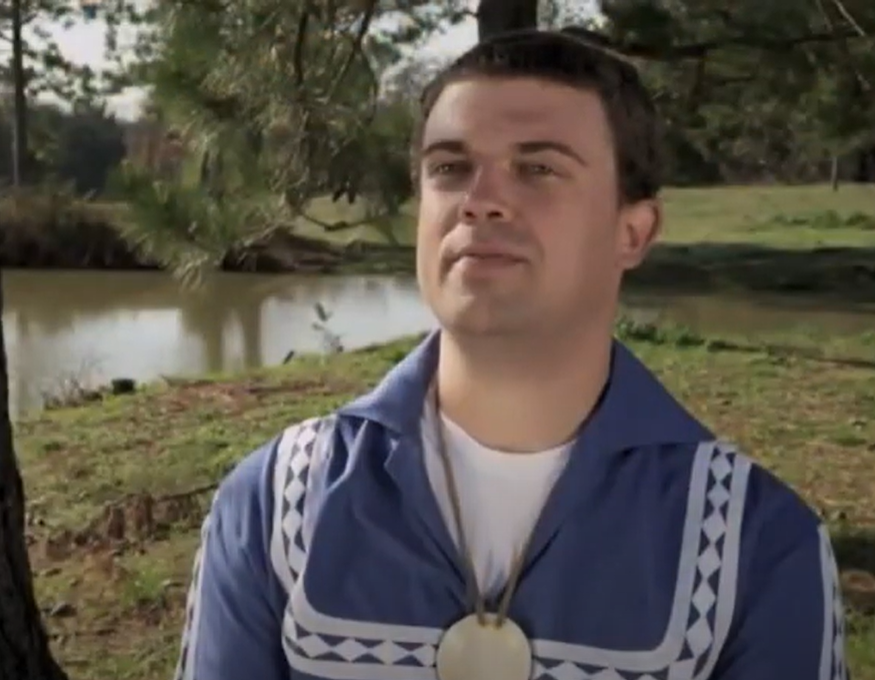 The Choctaw People & Nation: Mississippi, Louisiana, Florida & Alabama. - USA, Jaguar Bird
The Choctaw People & Nation: Mississippi, Louisiana, Florida & Alabama. - USA, Jaguar Bird
It's Not Widely Available
This means when Choctaw people need blood—they may not be able to get it. As a result, the Oklahoma Blood Institute (OBI) is pleading for Oklahoma’s Native Americans to donate blood, increasing the likelihood that others with this blood type still exist, and can provide for others when in need.
You May Also Like:
The Most Devastating Event in Native American History
The Native American Tribe That Was Nearly Abolished
The Strongest Tribe In American History


